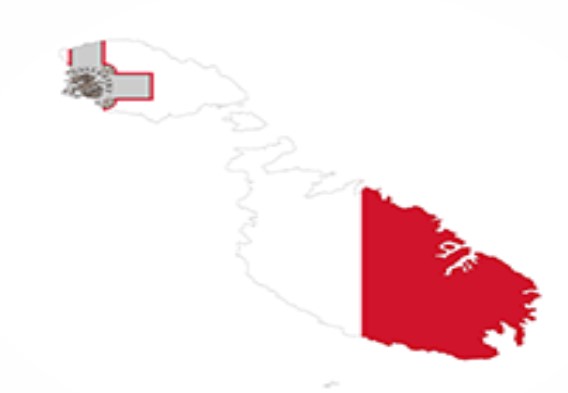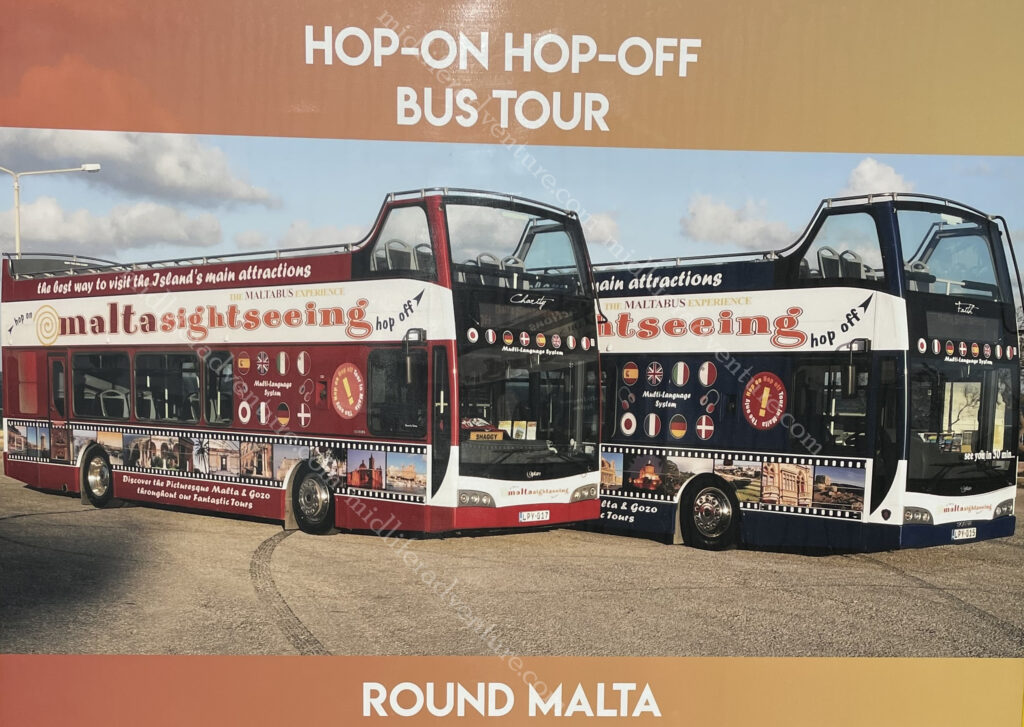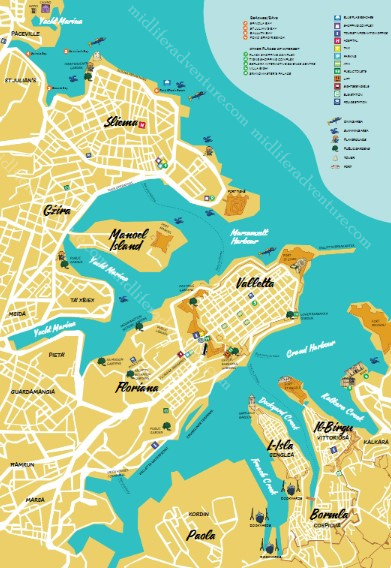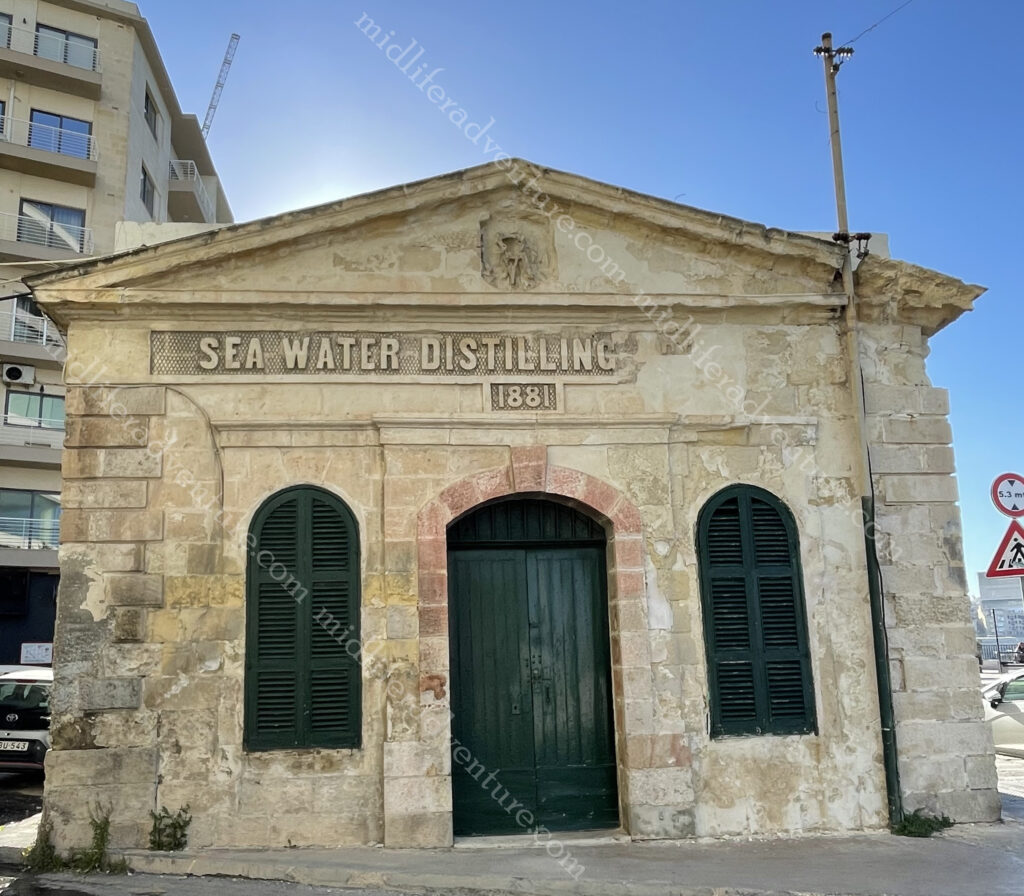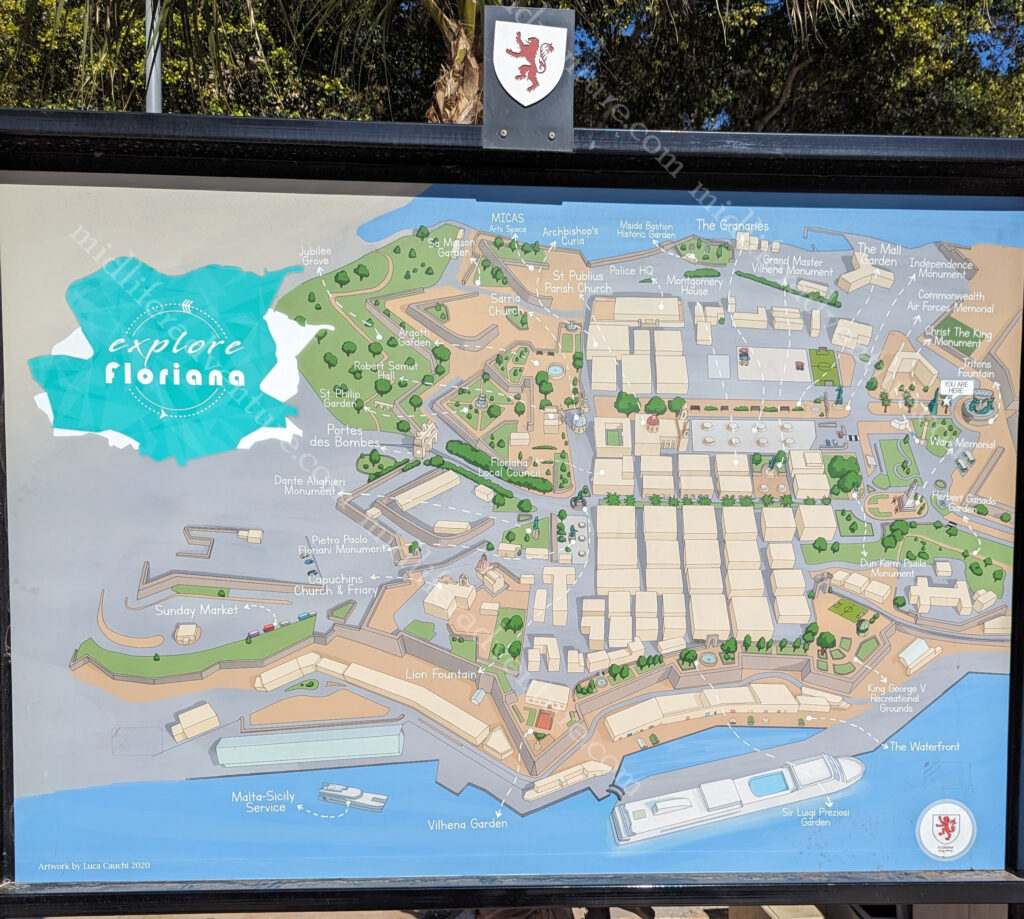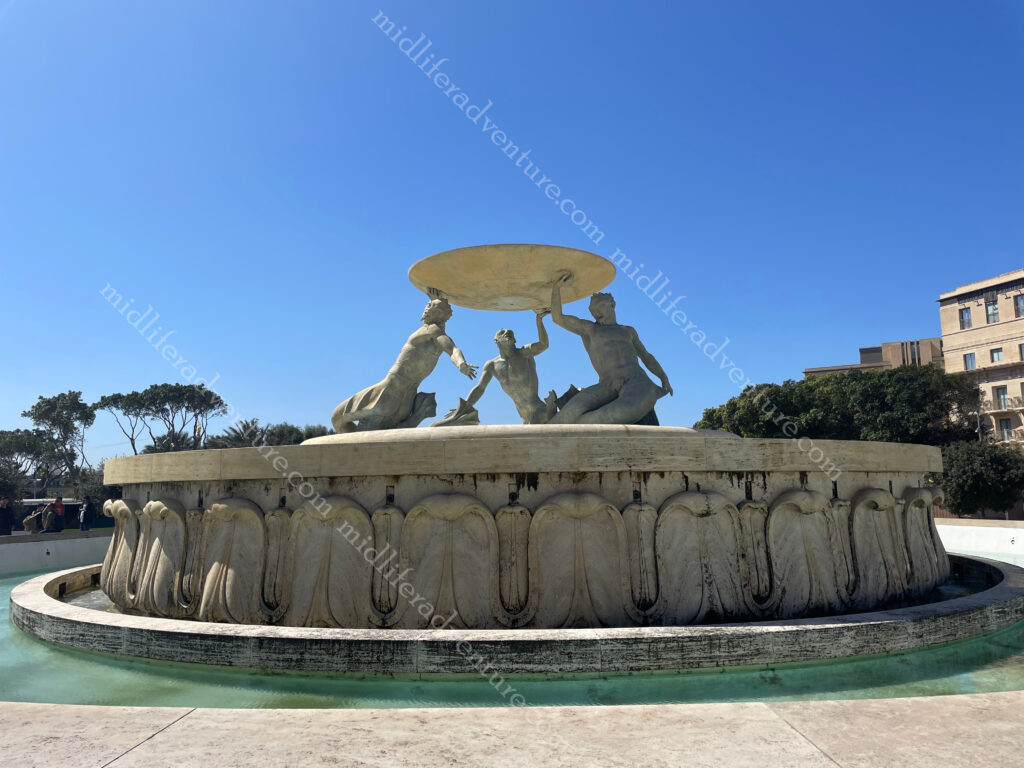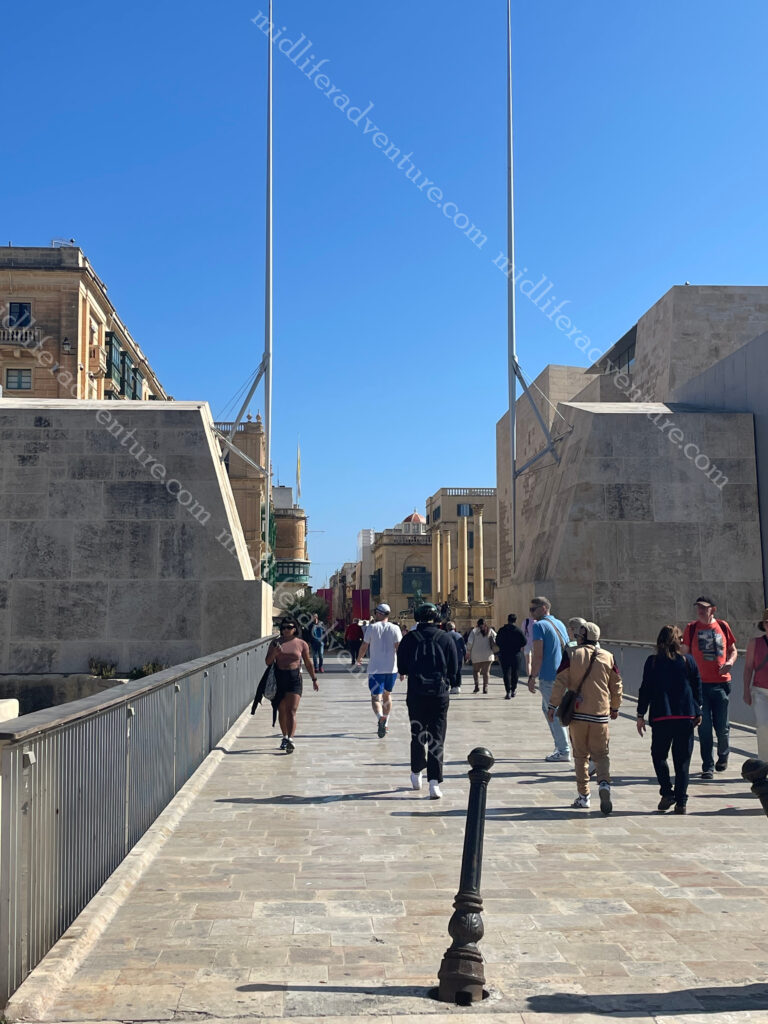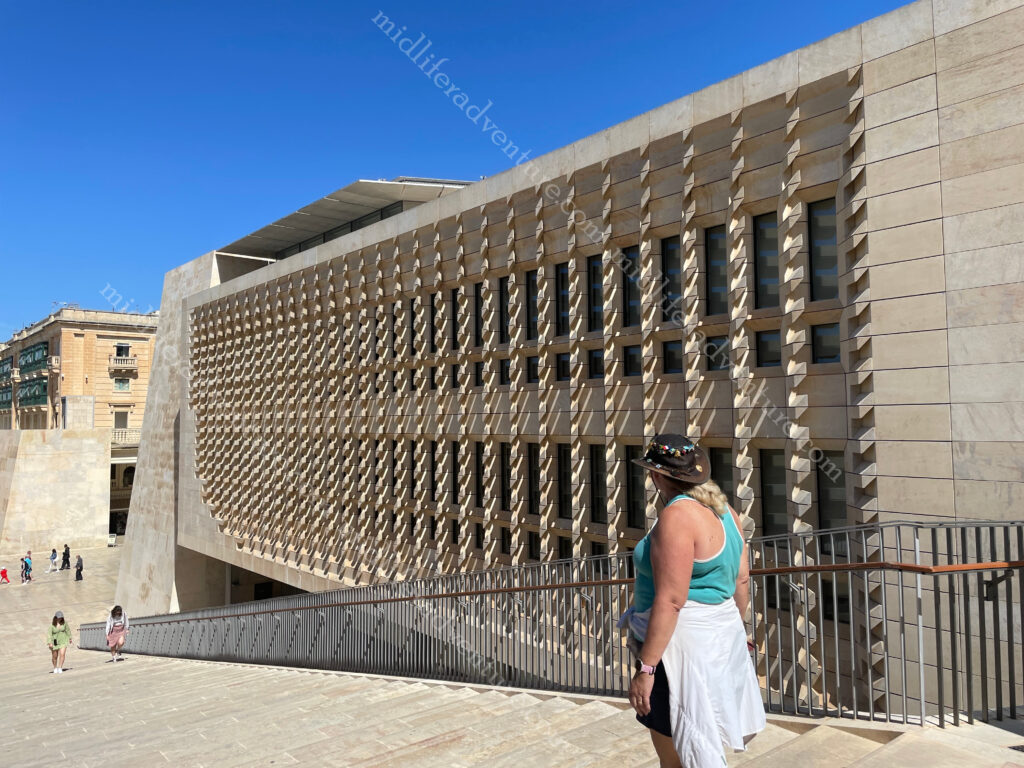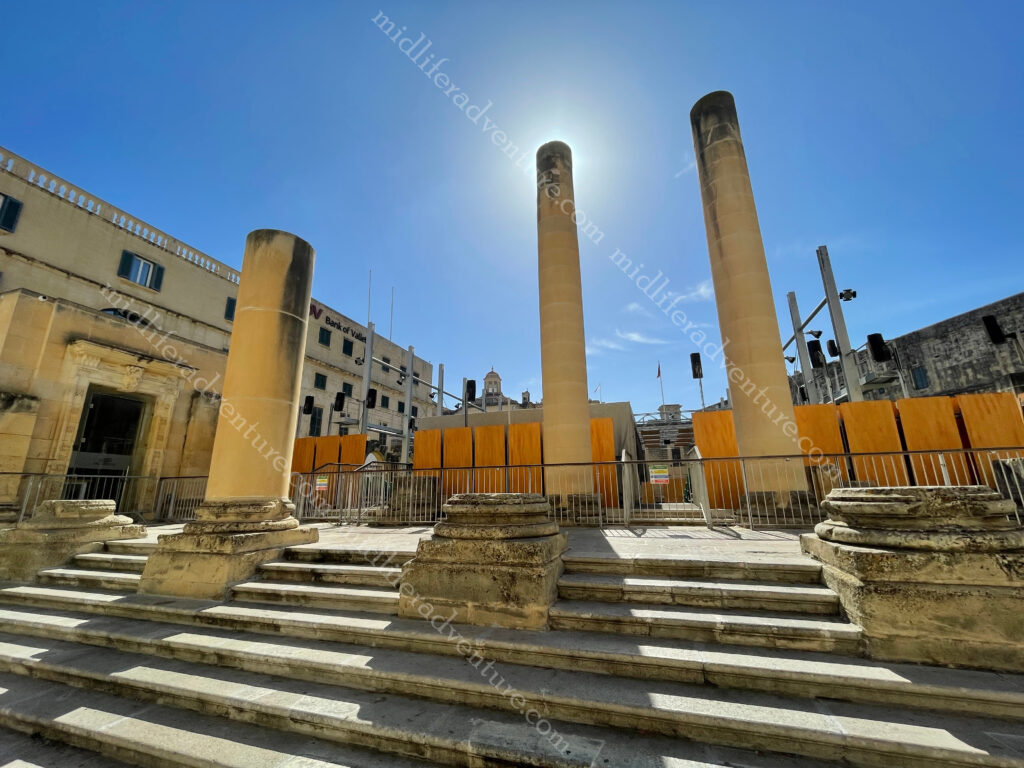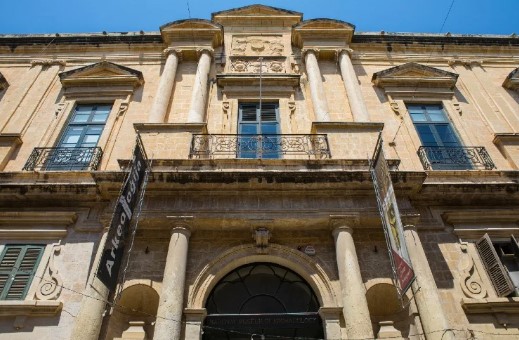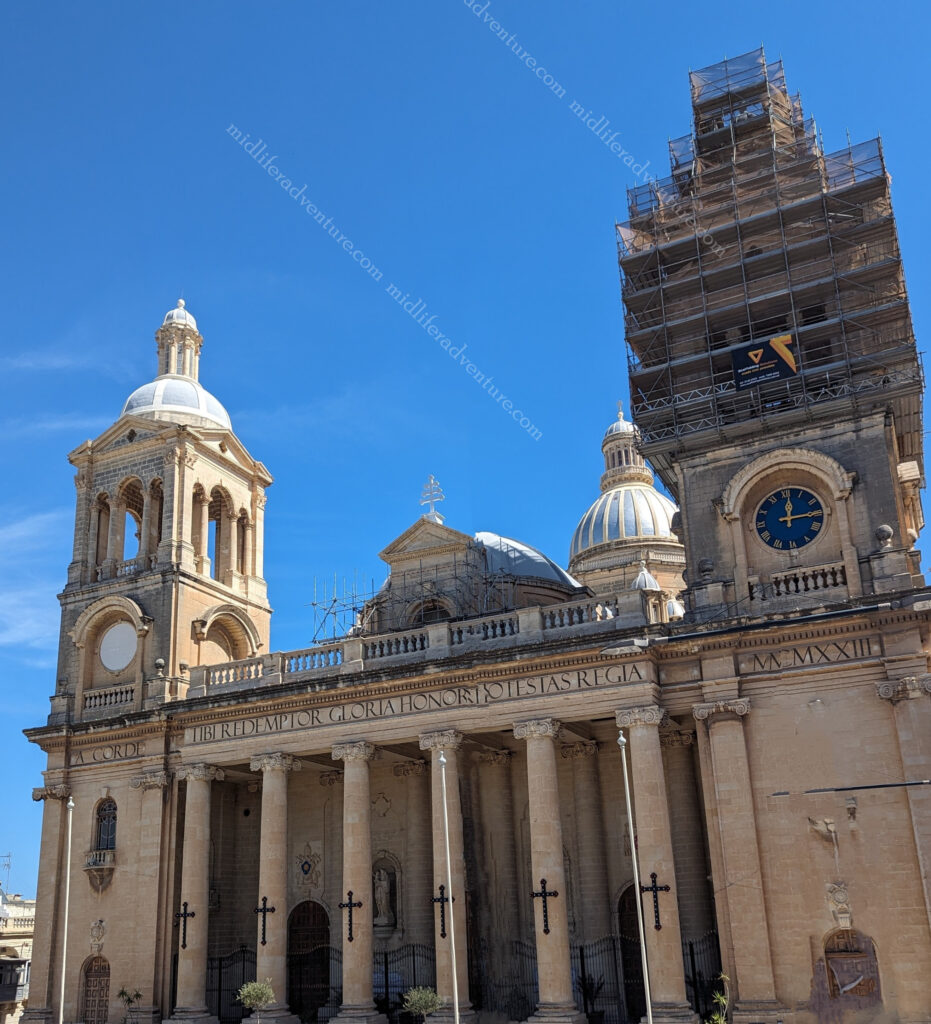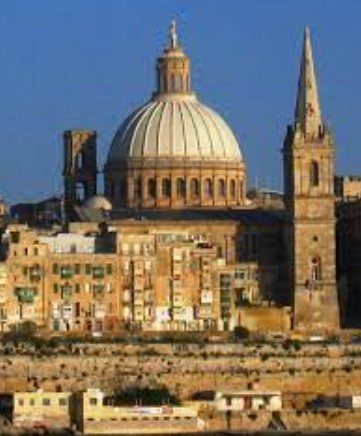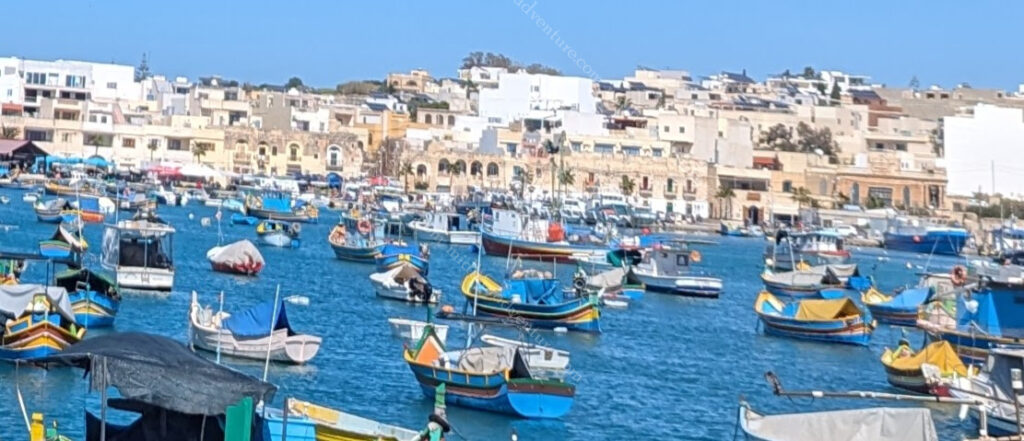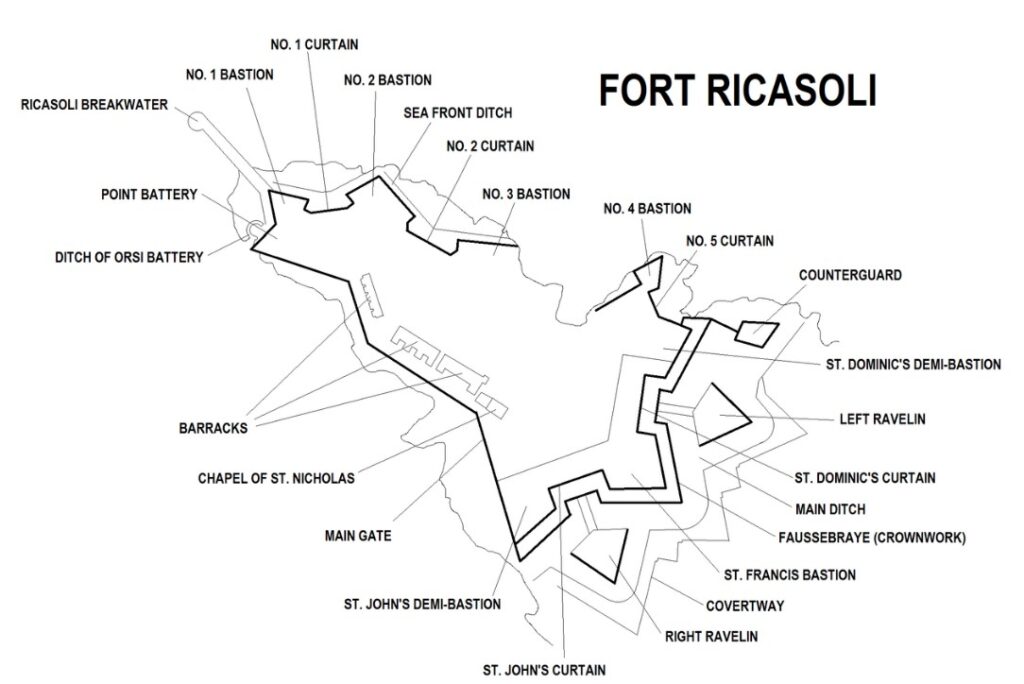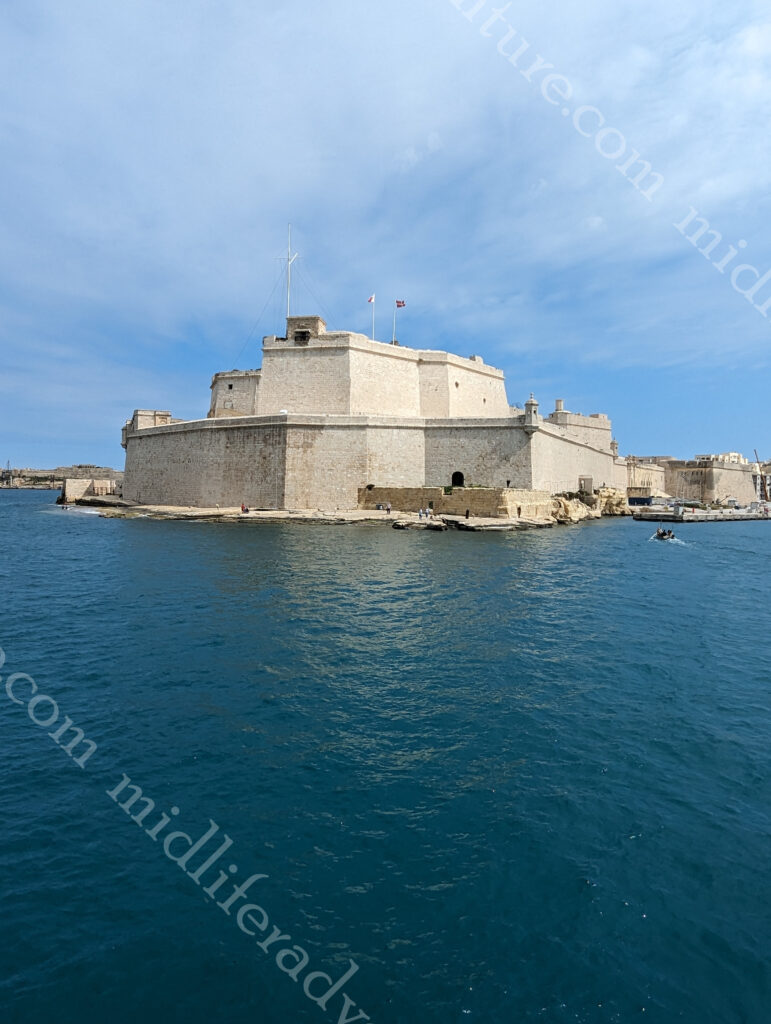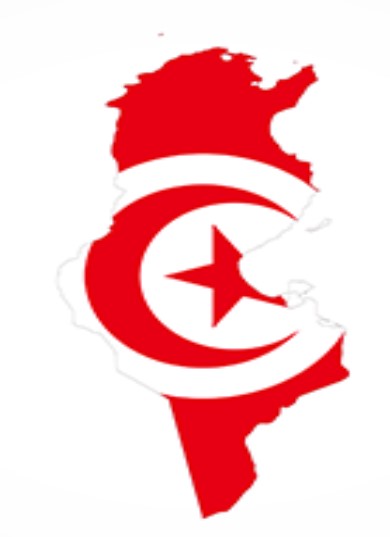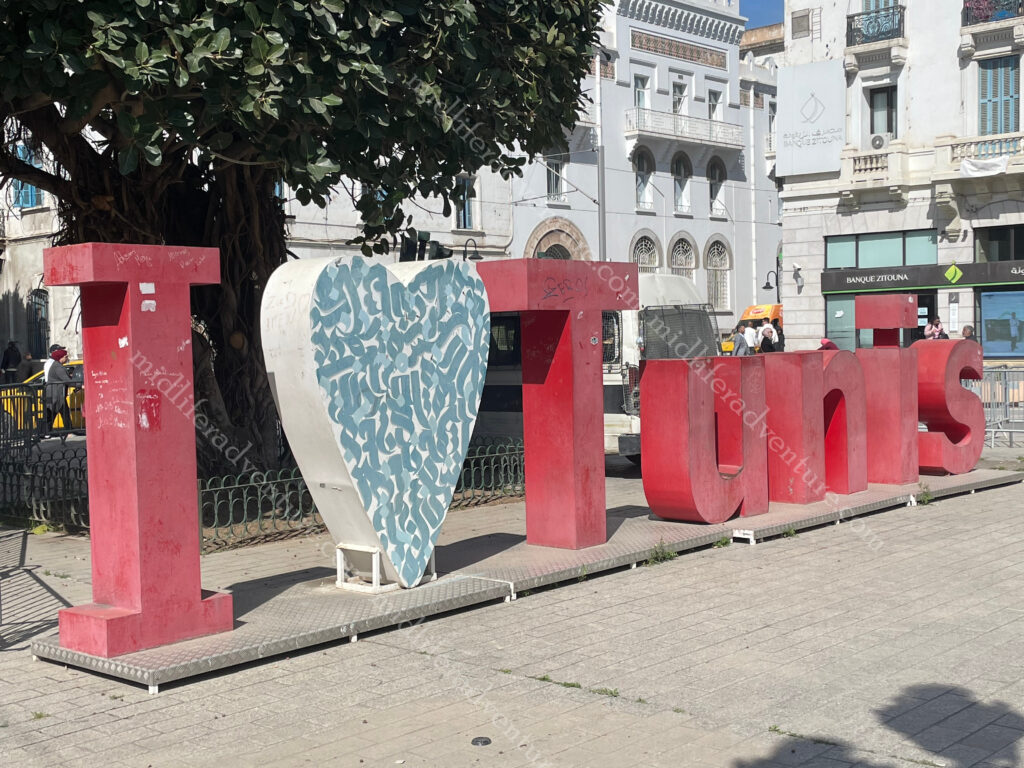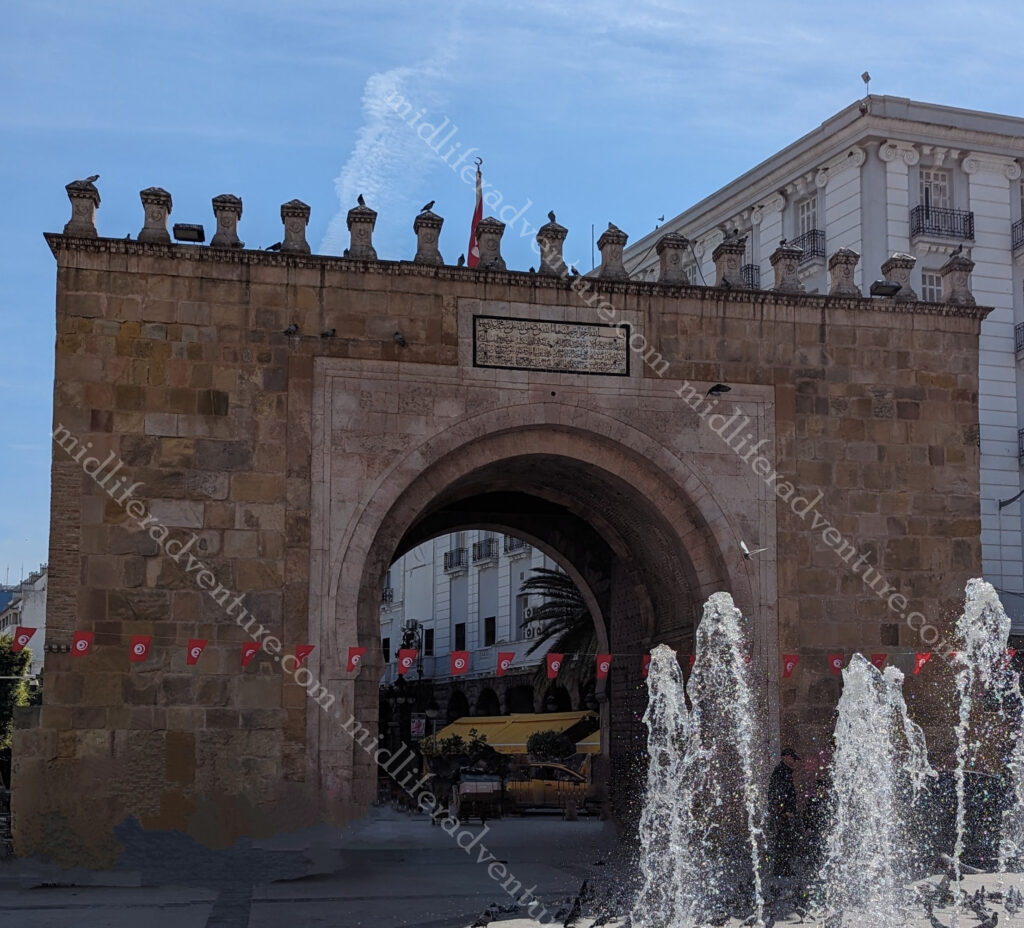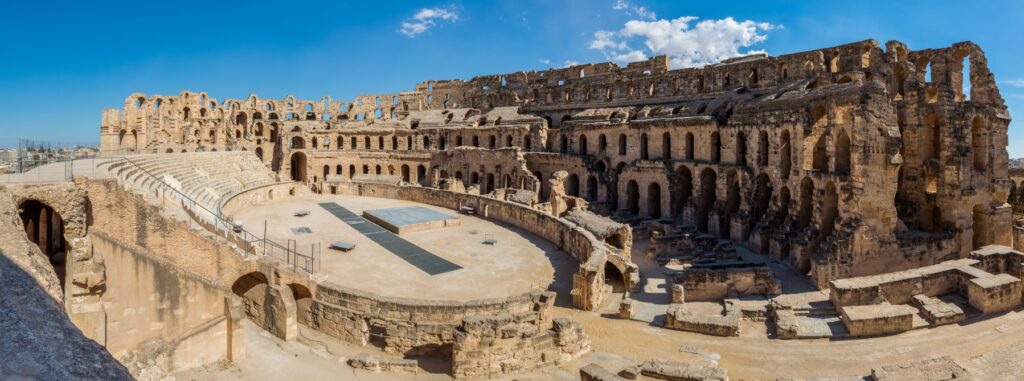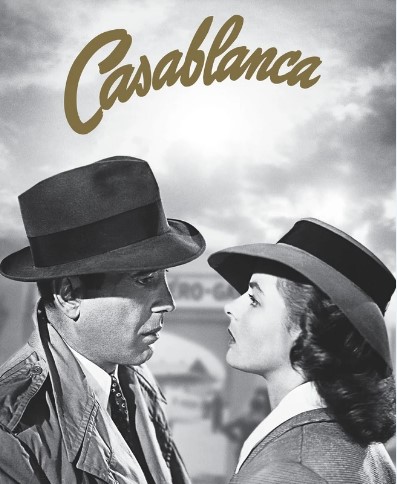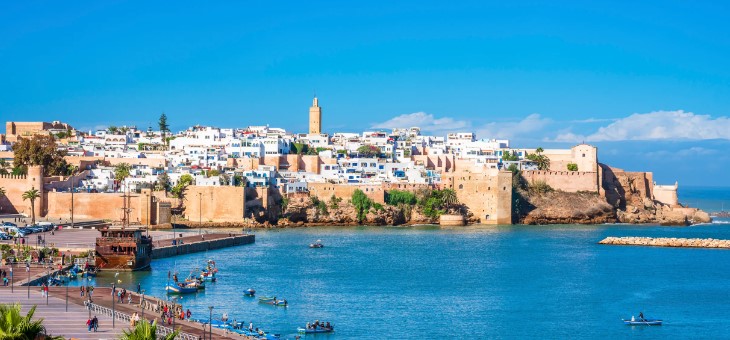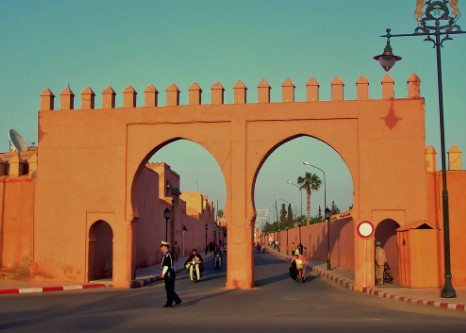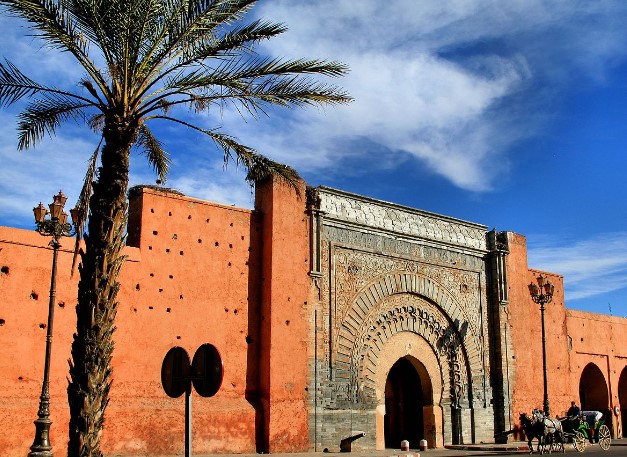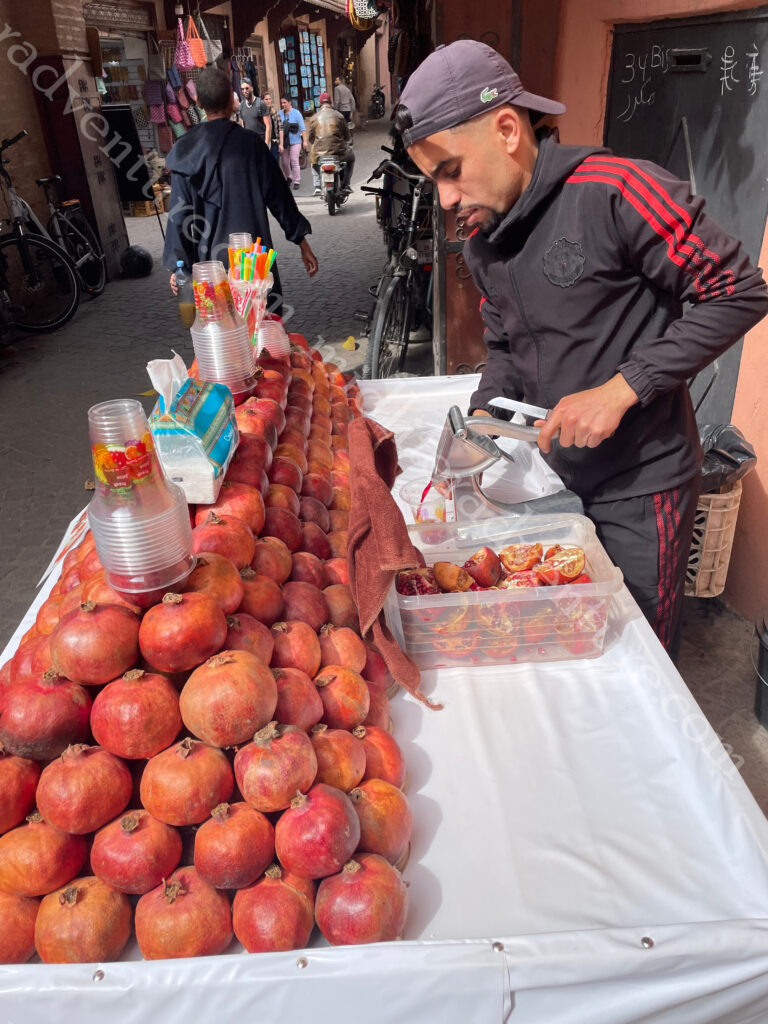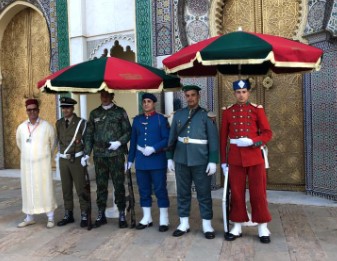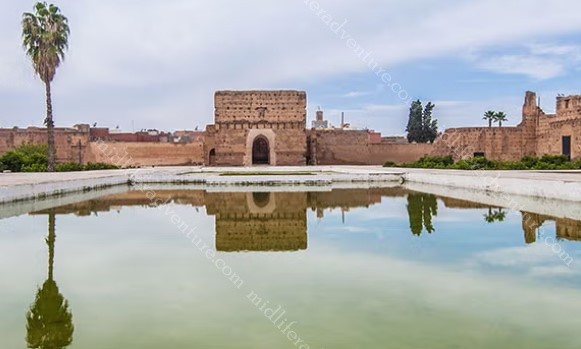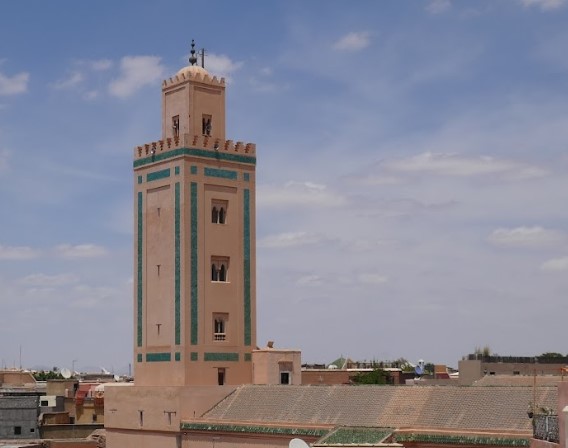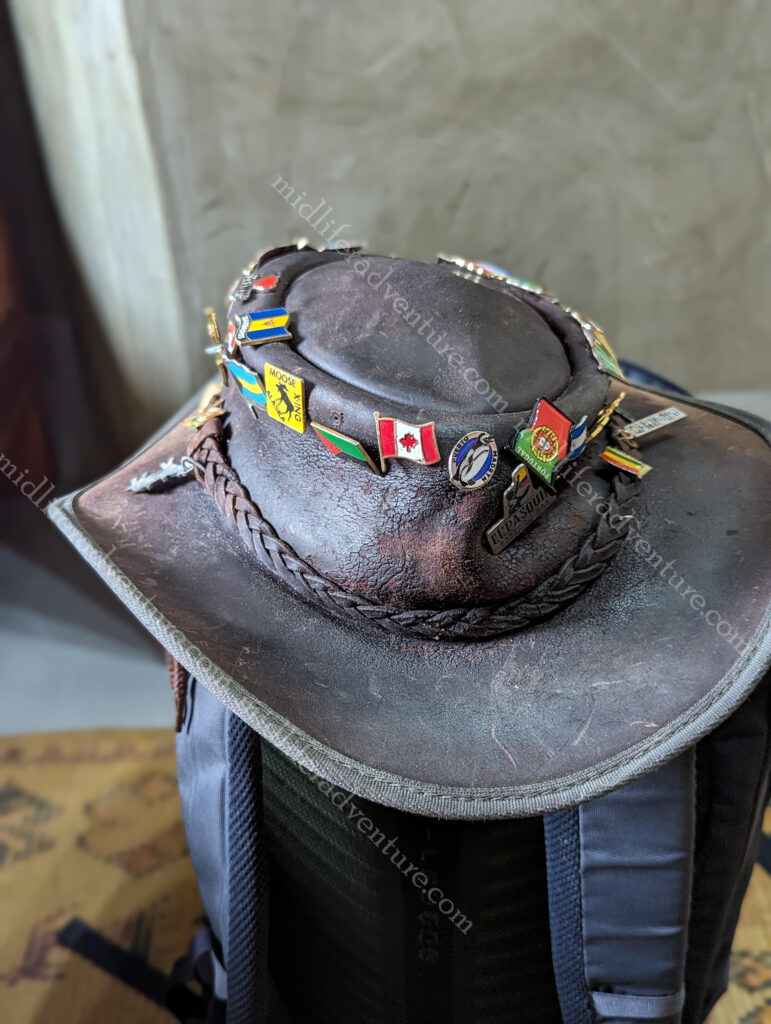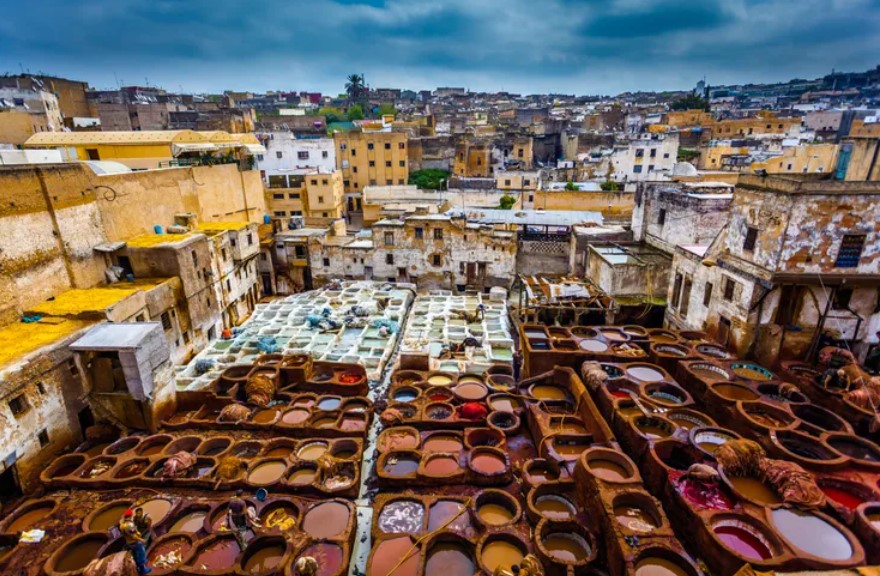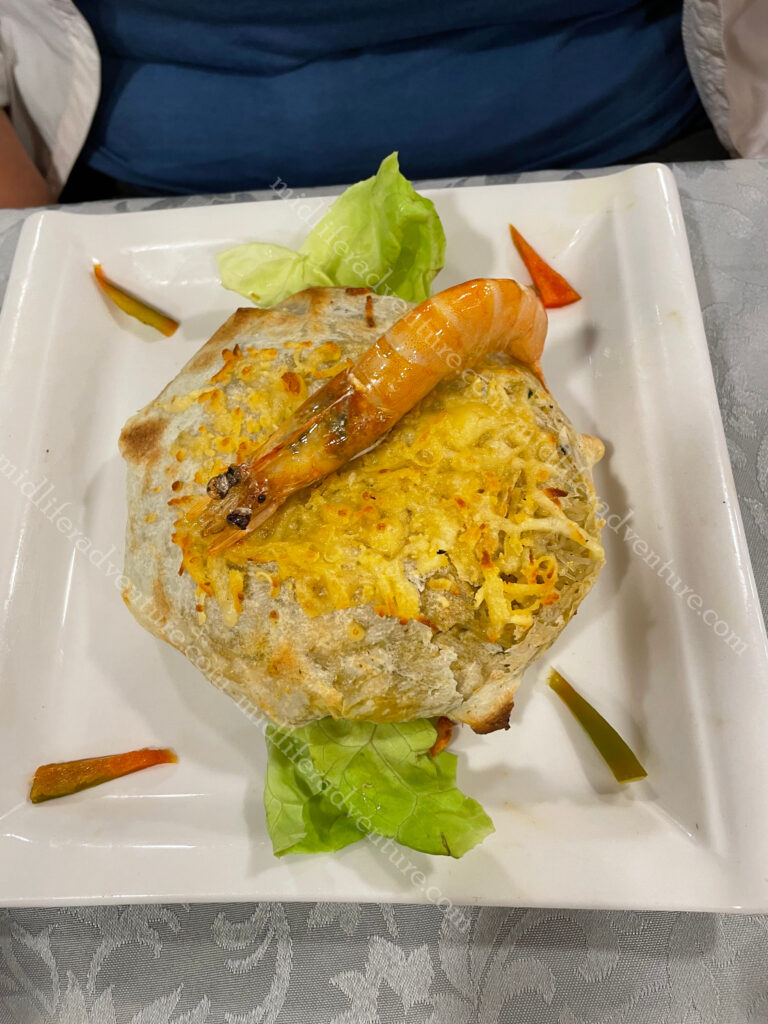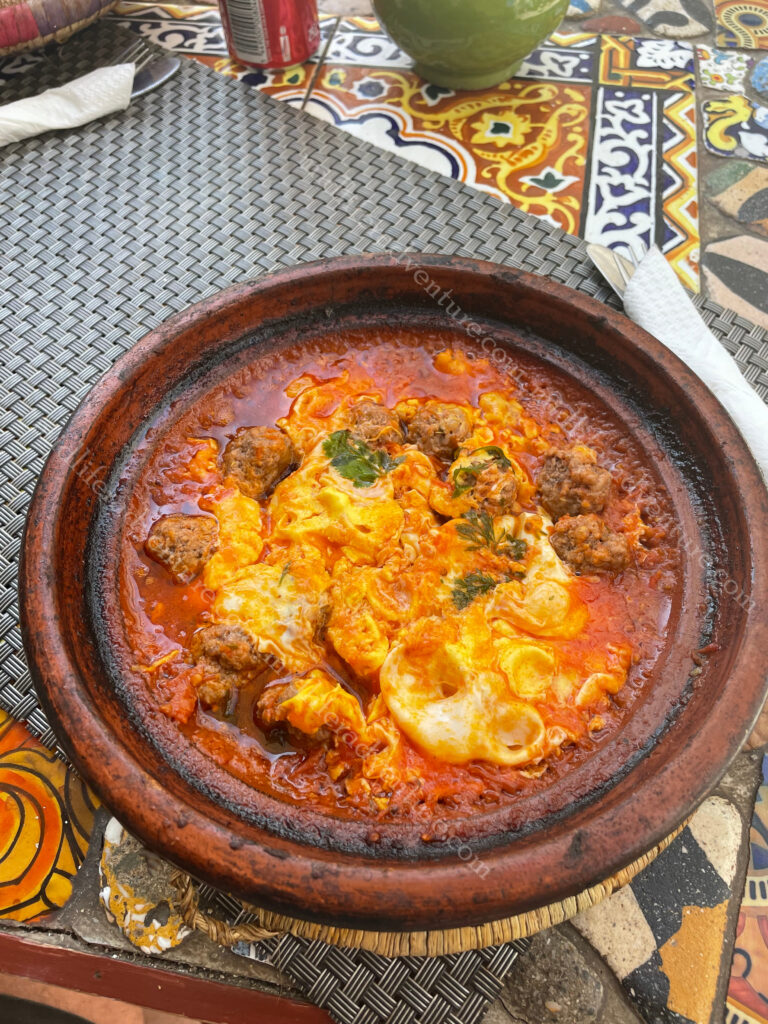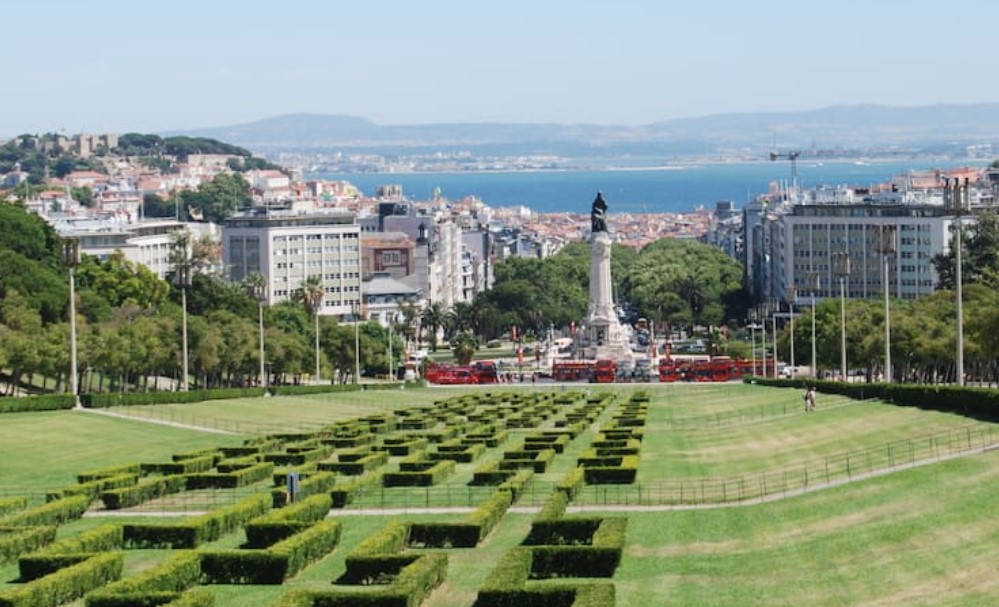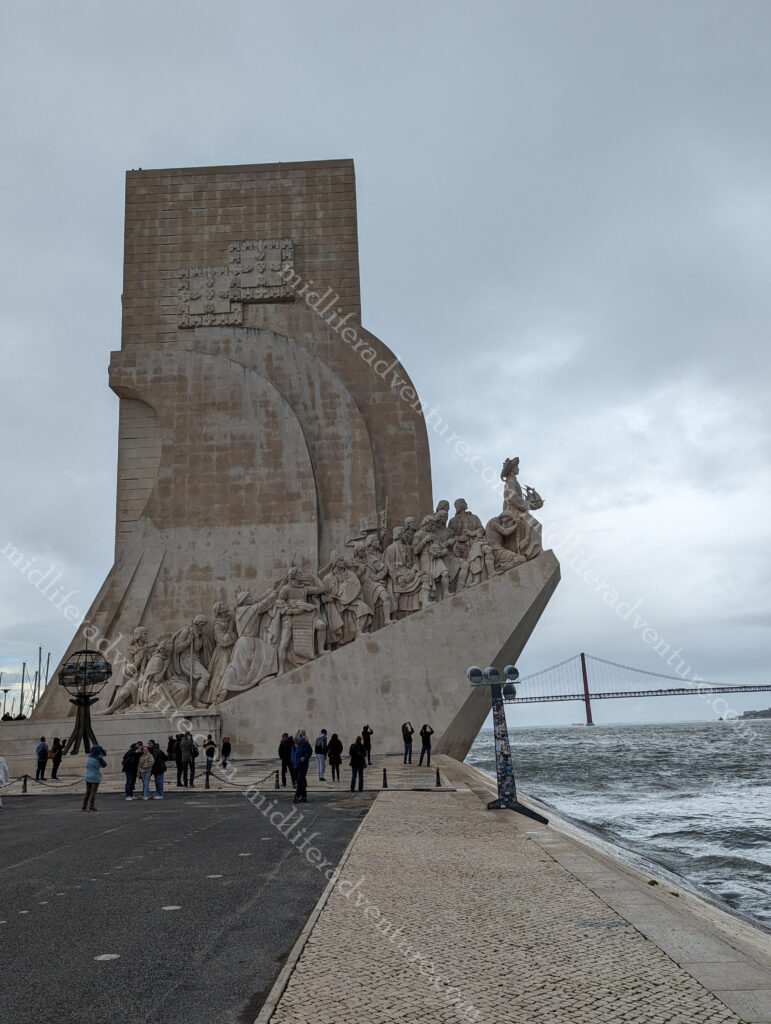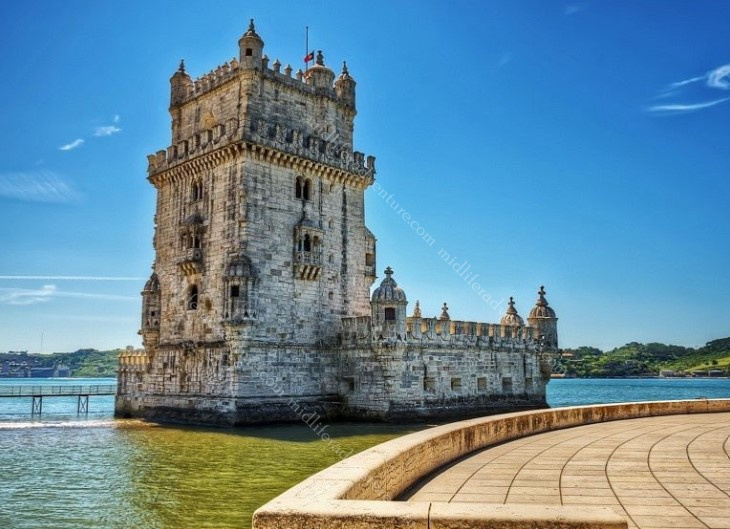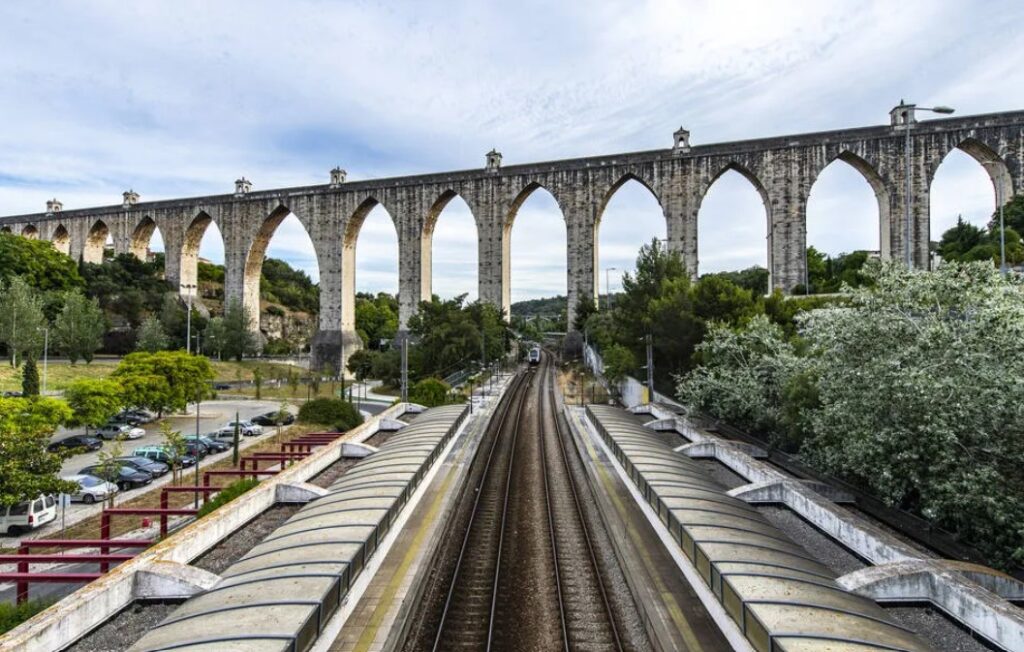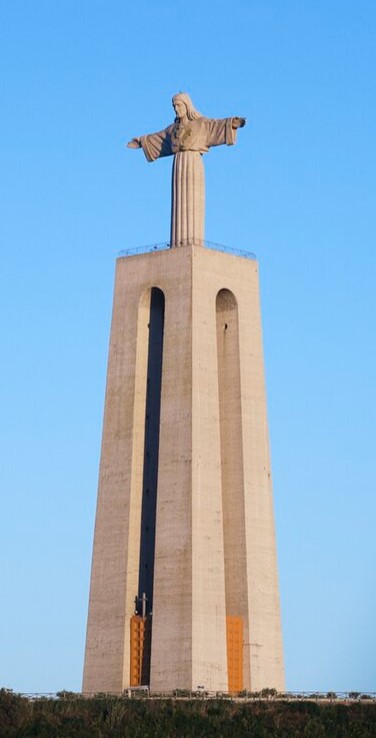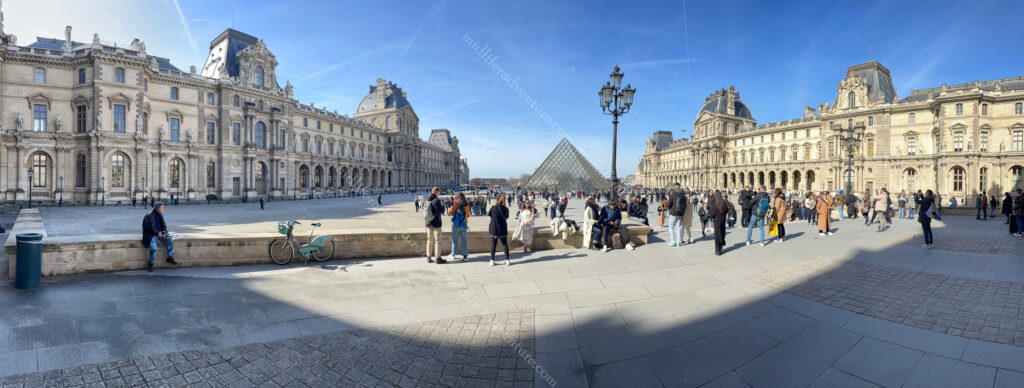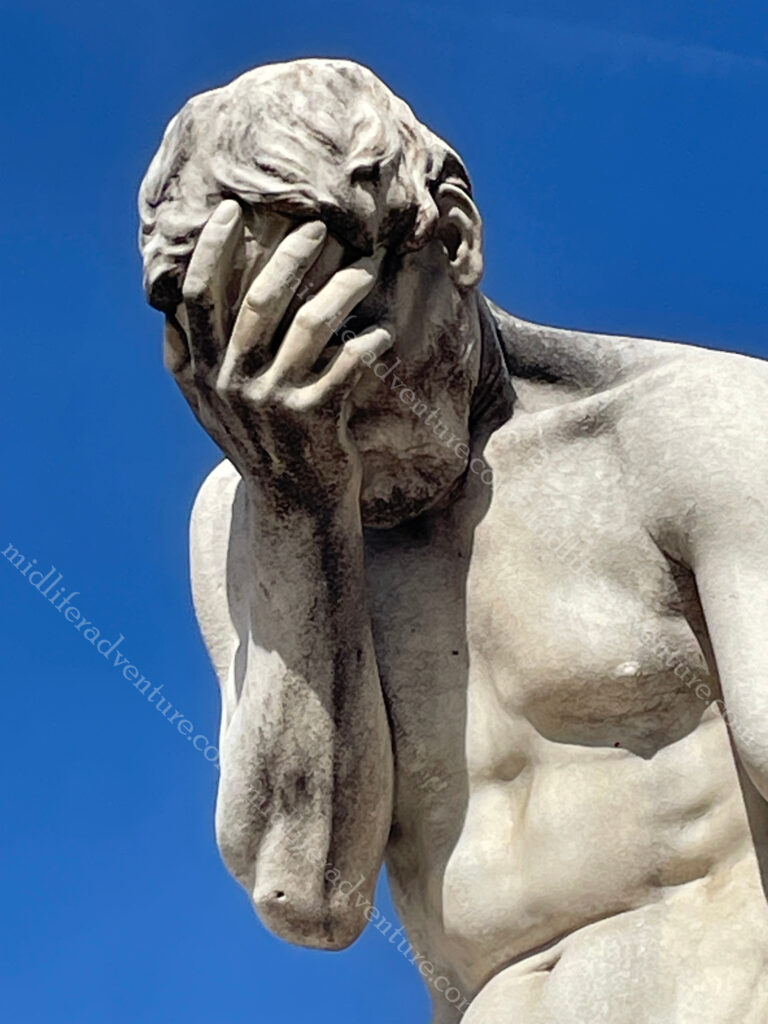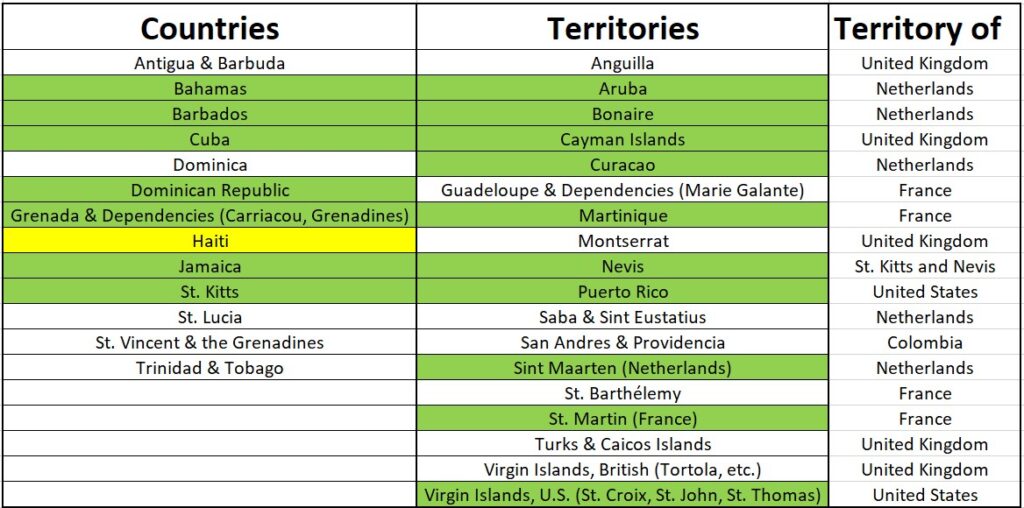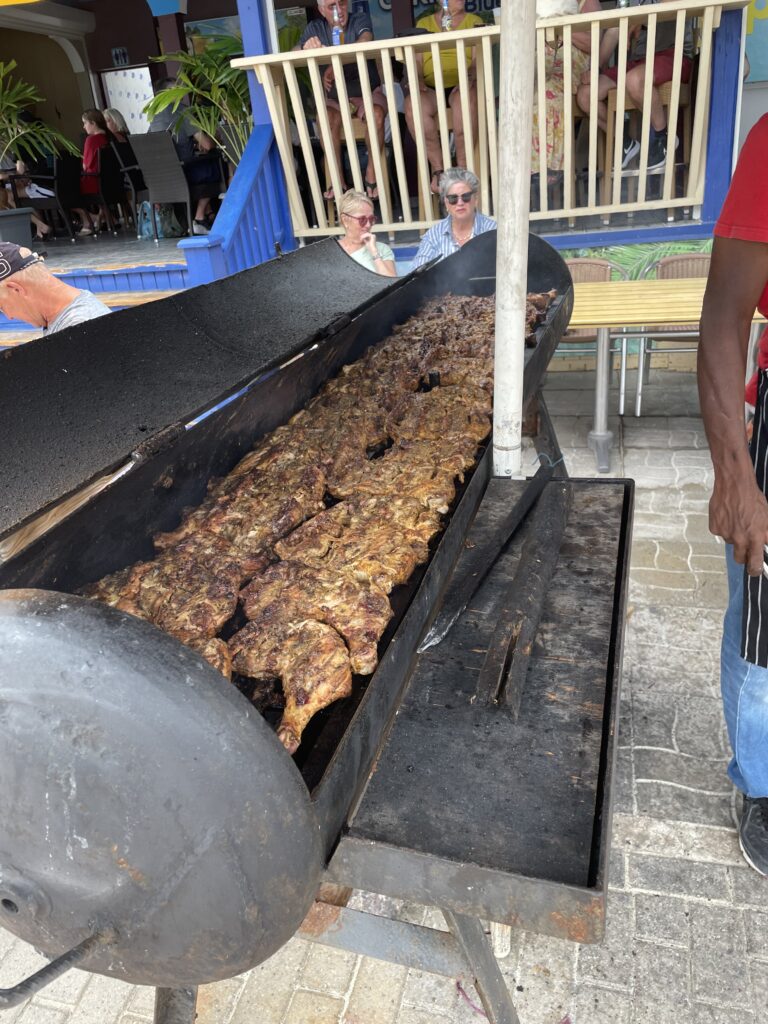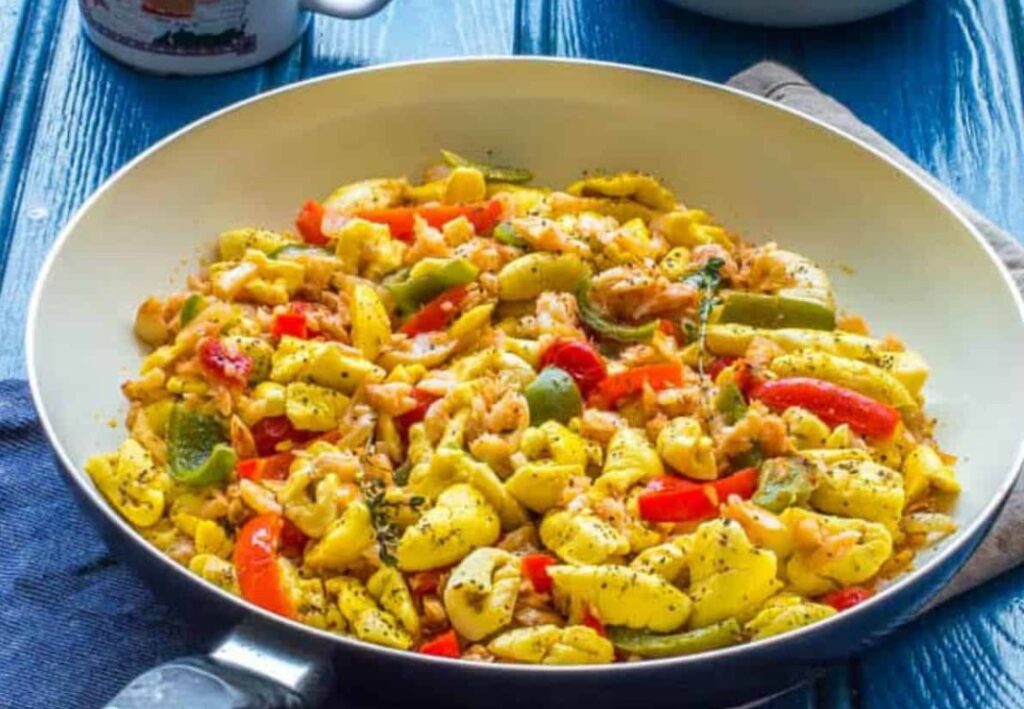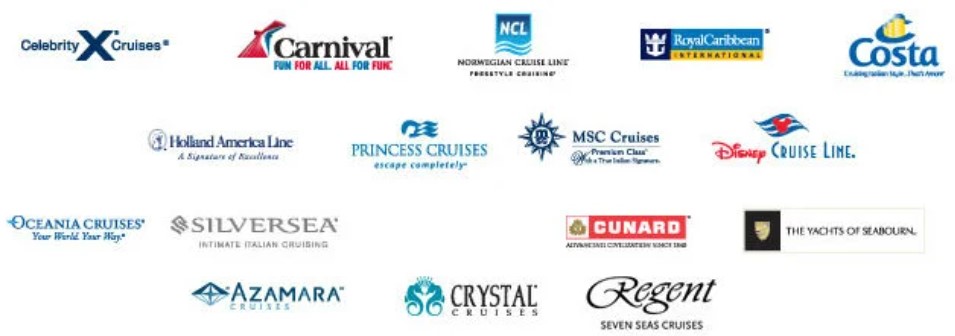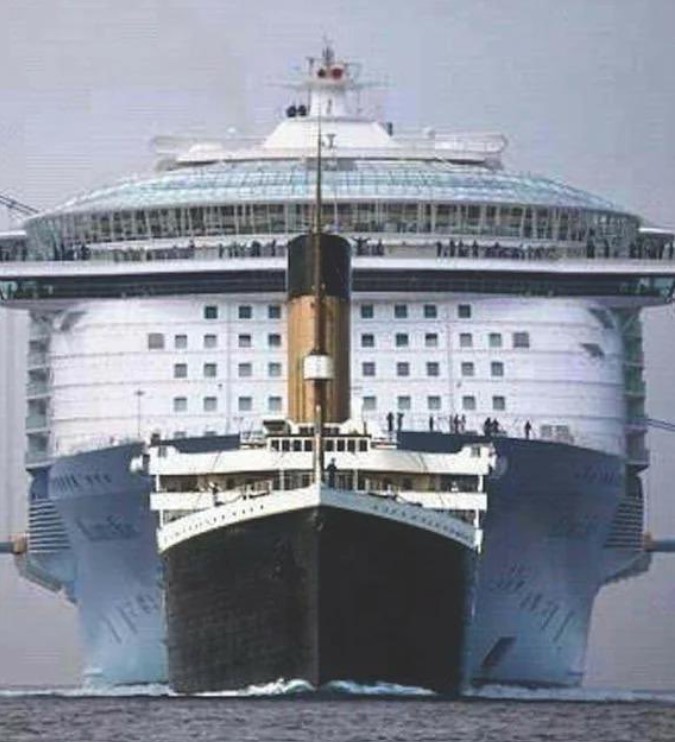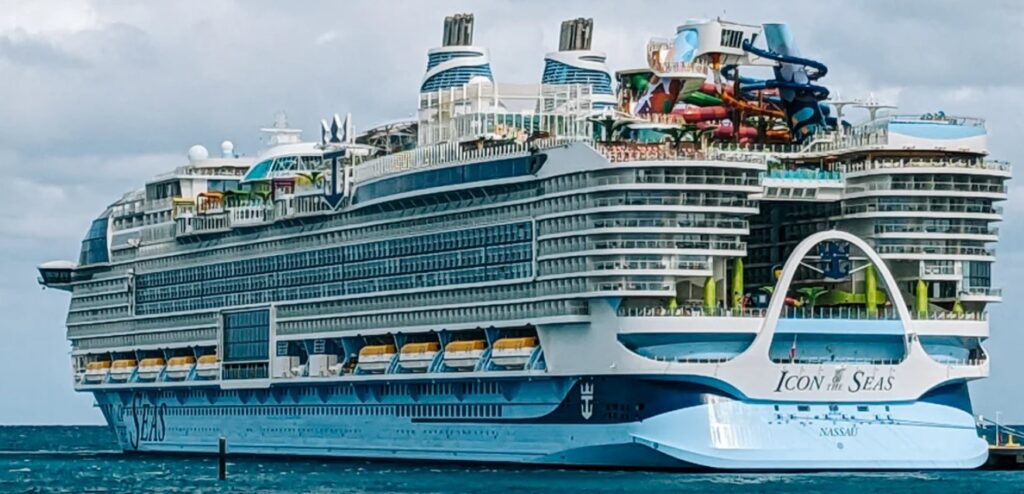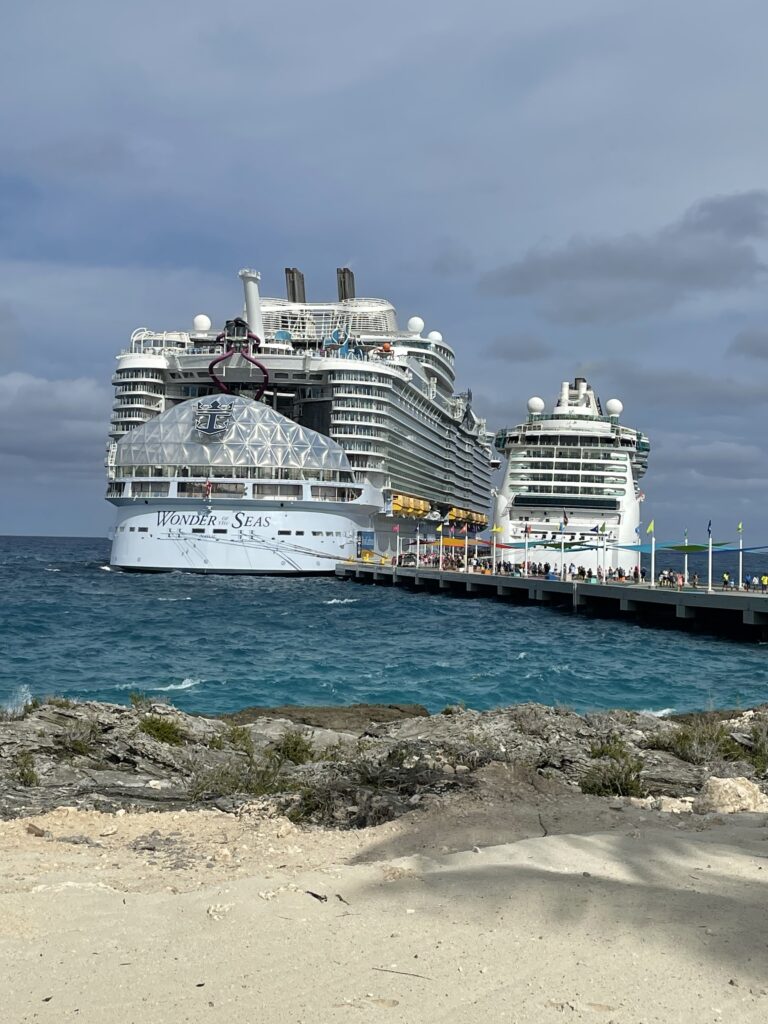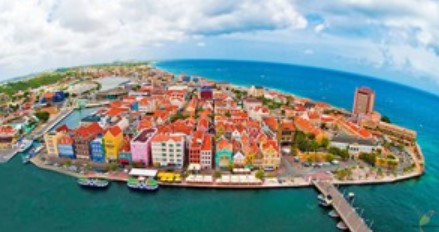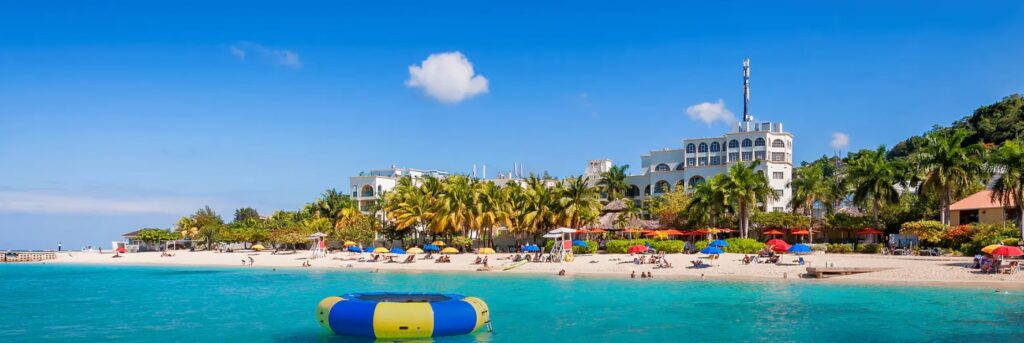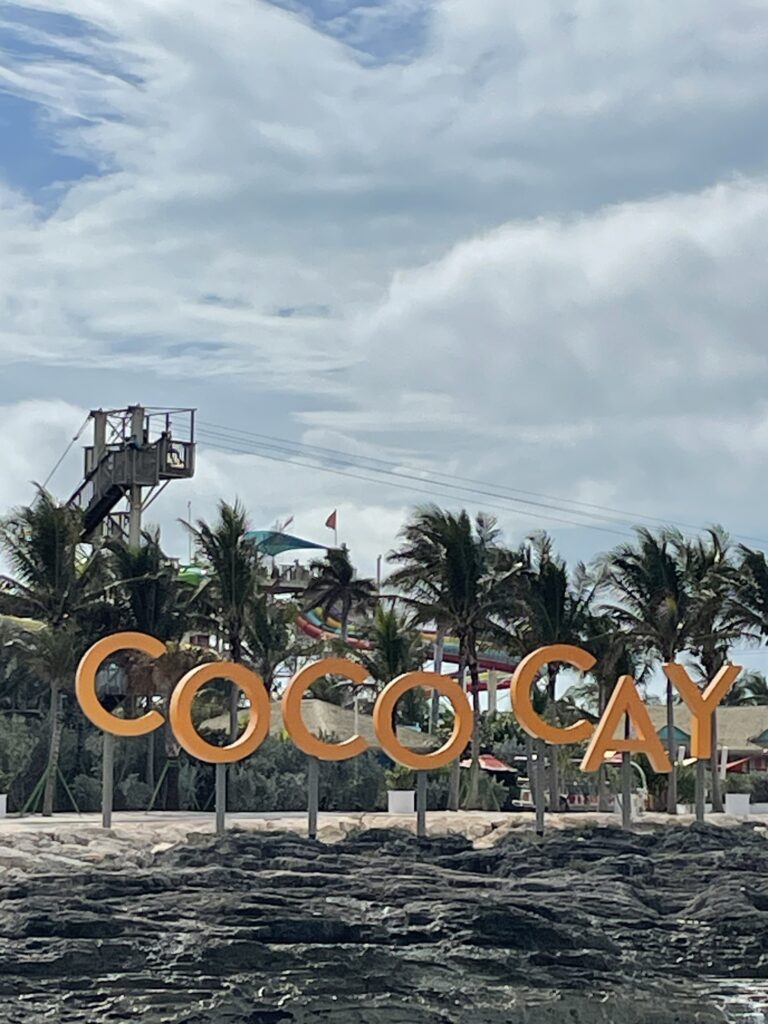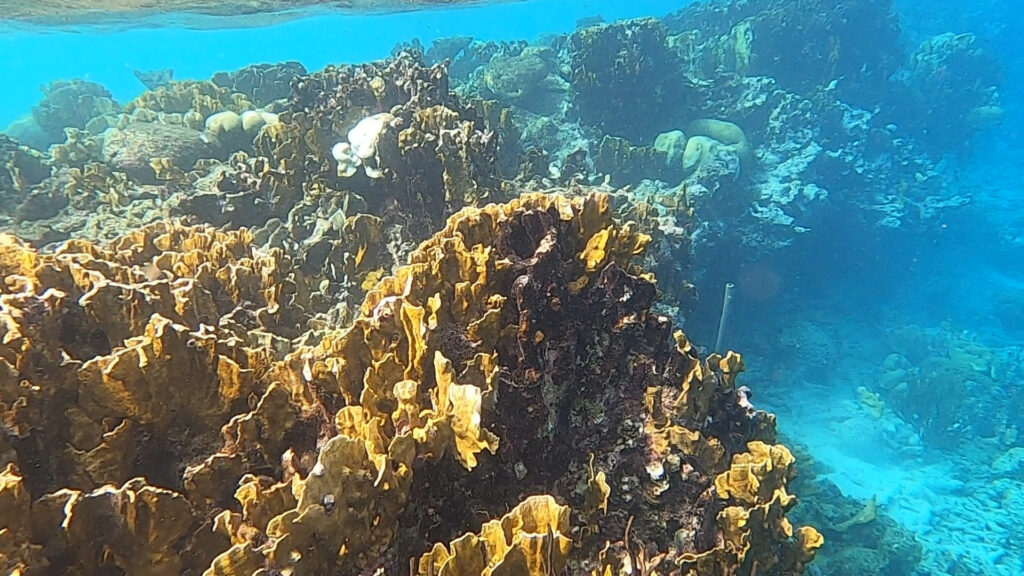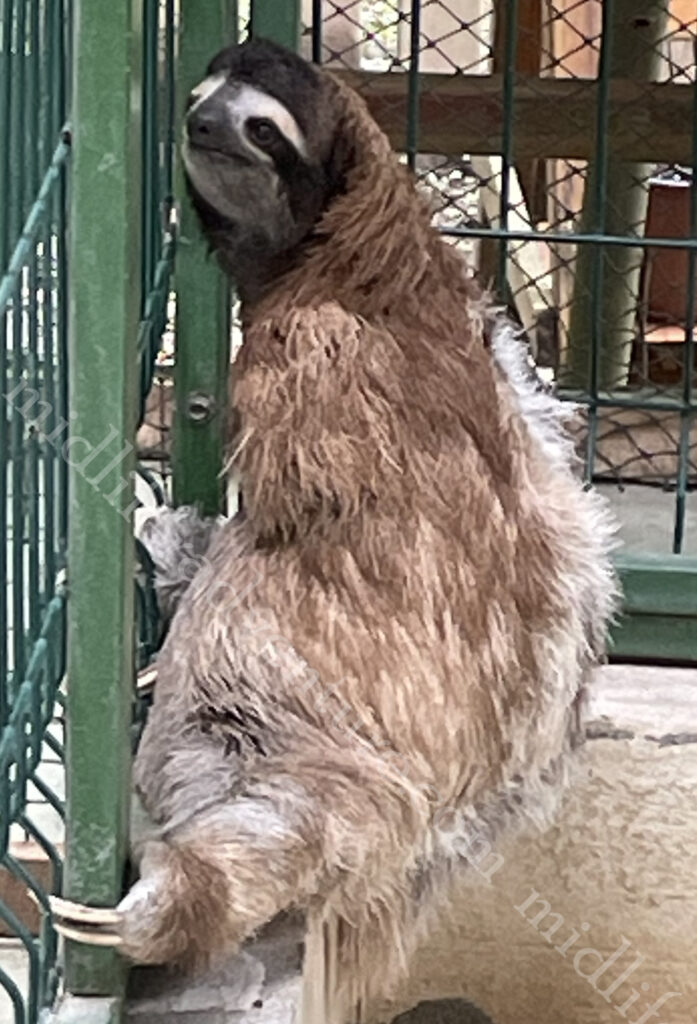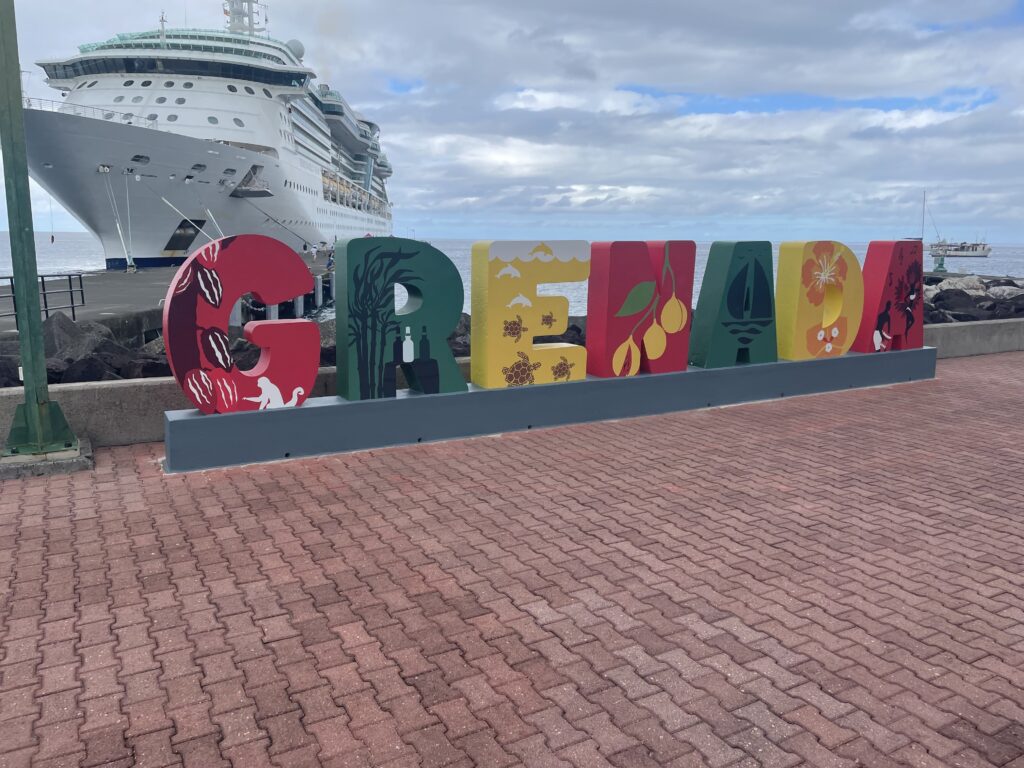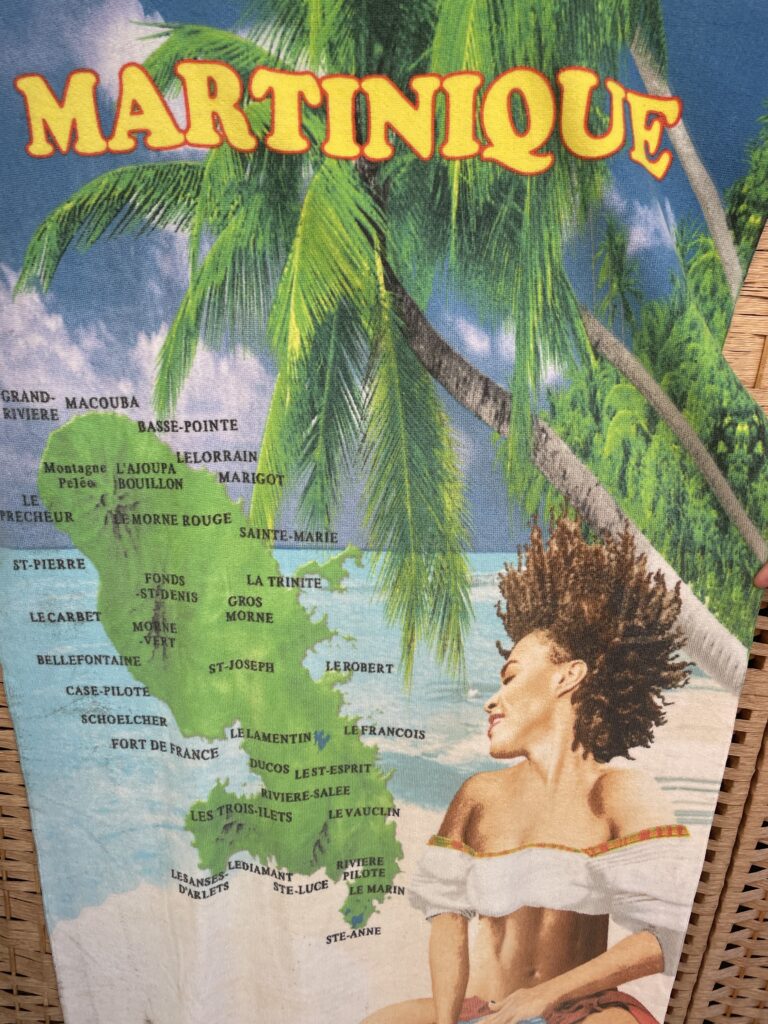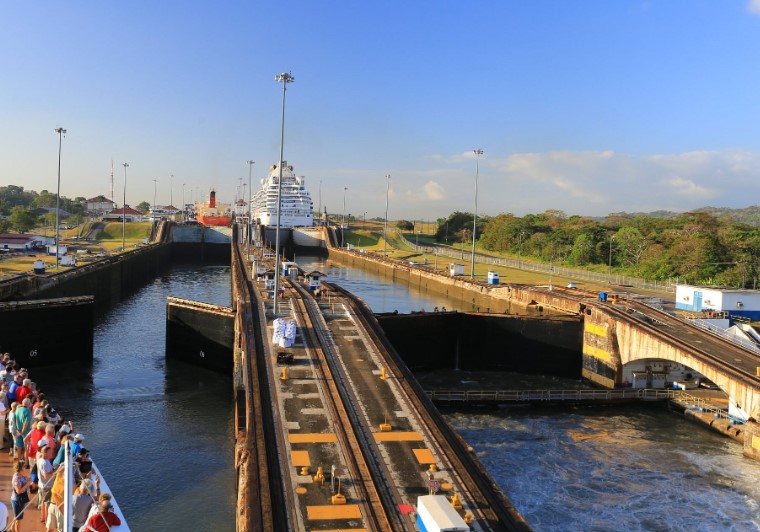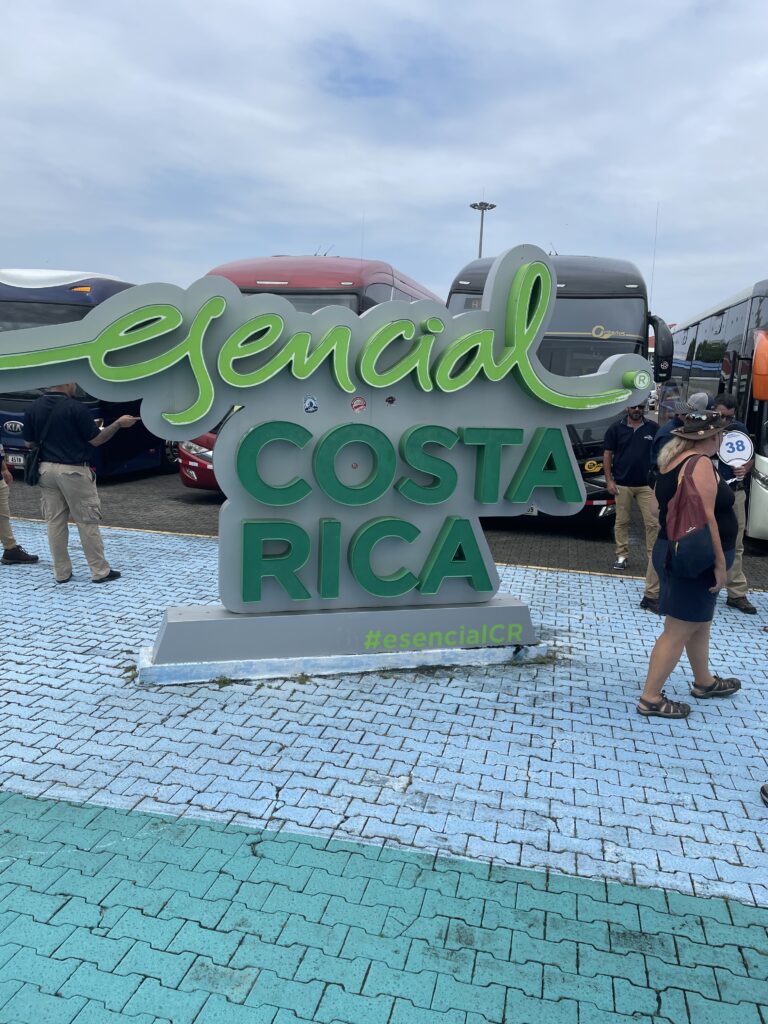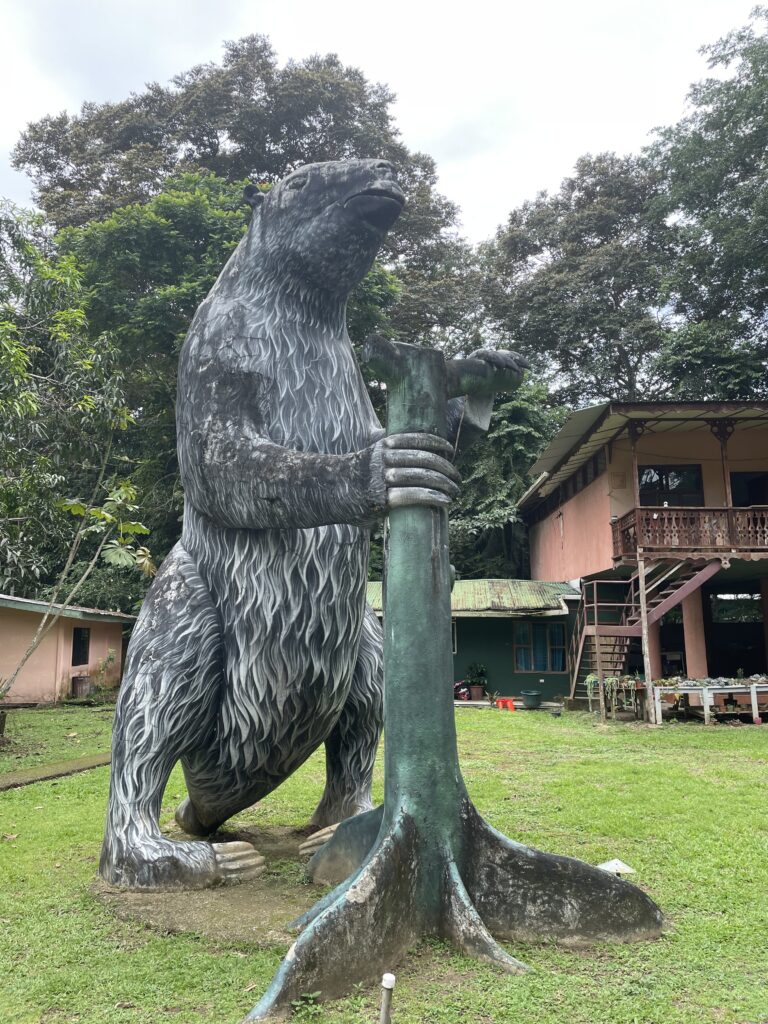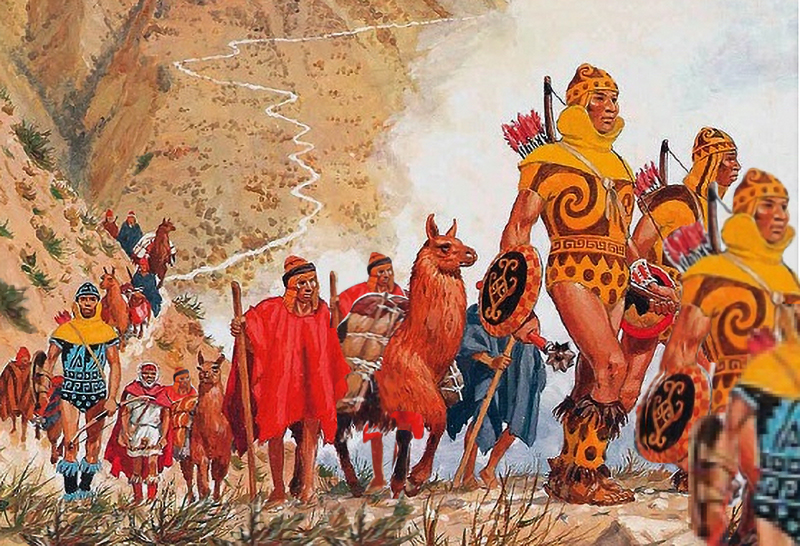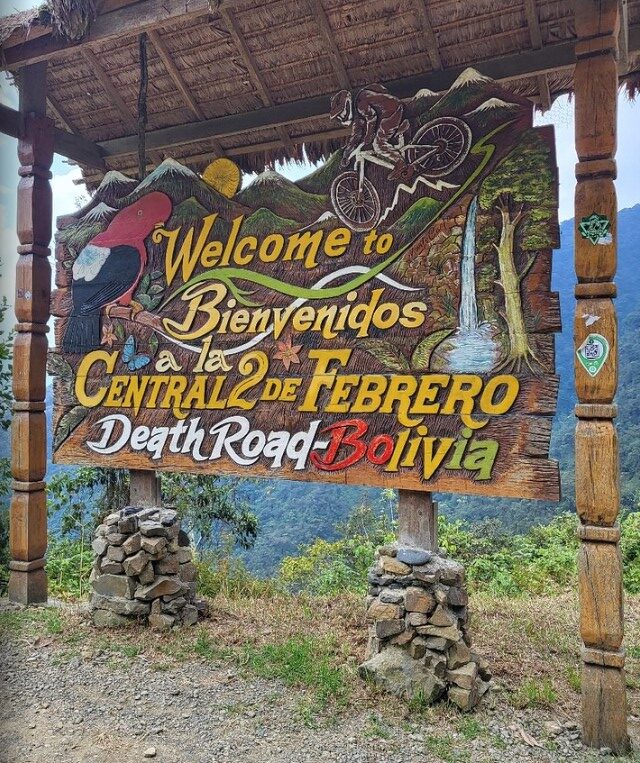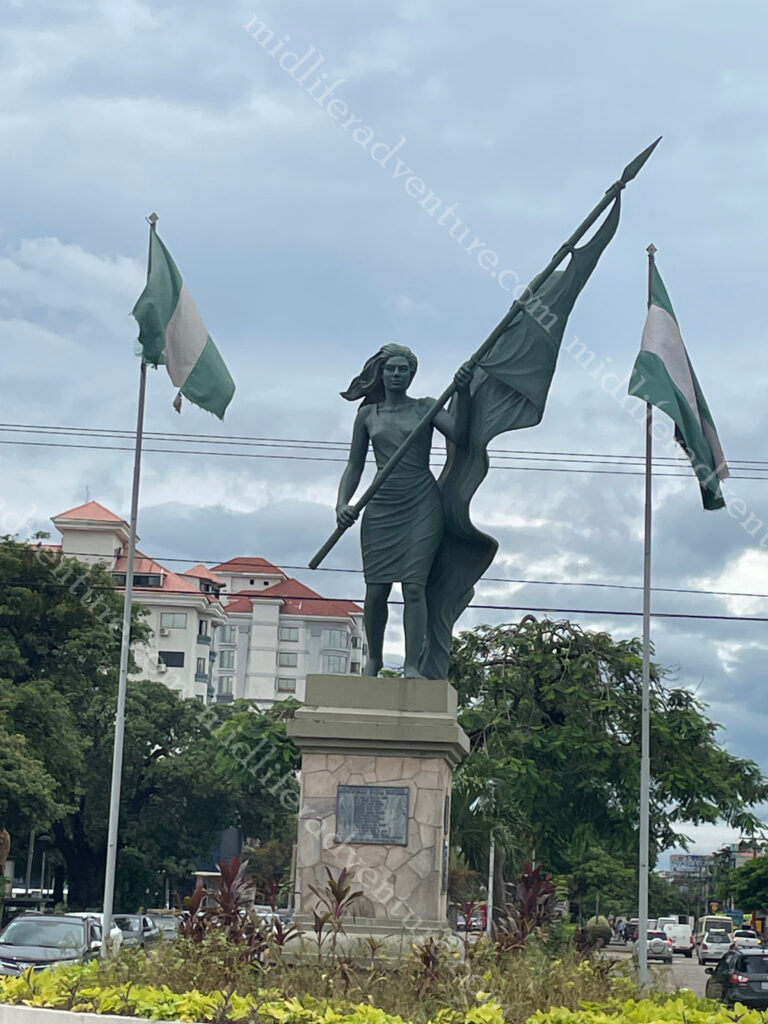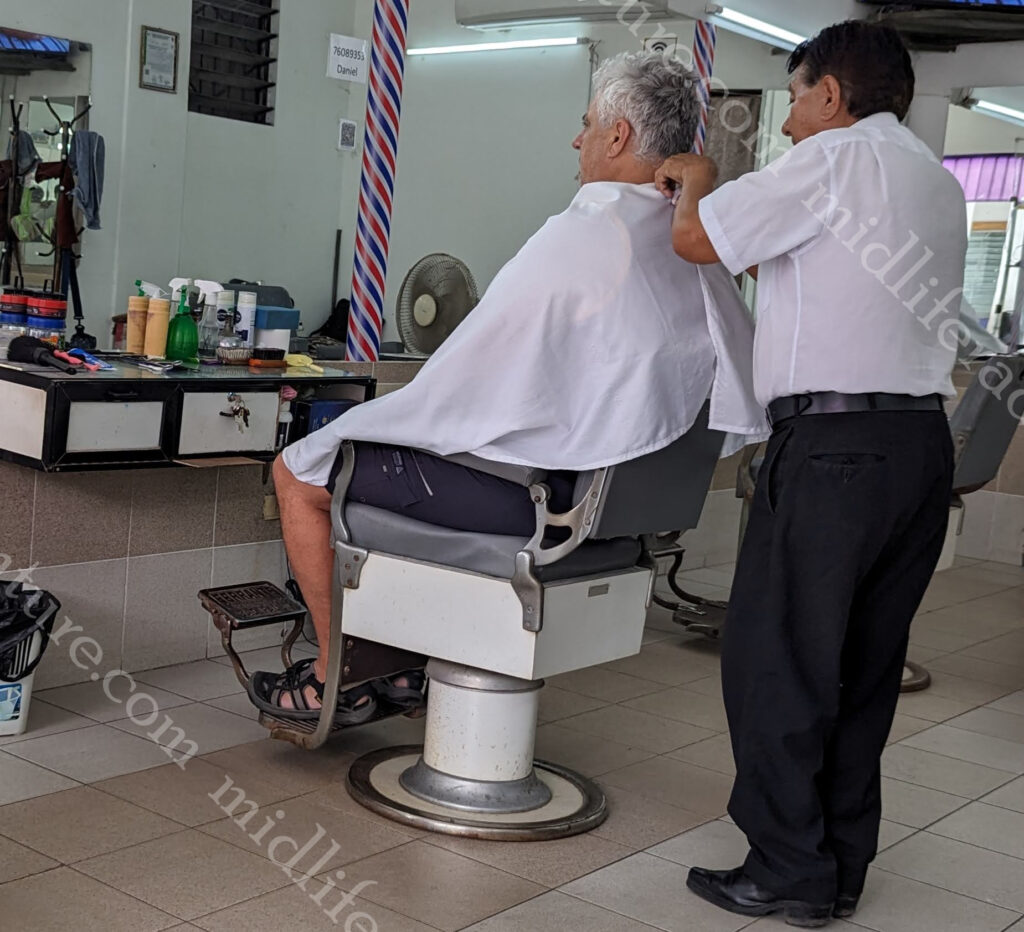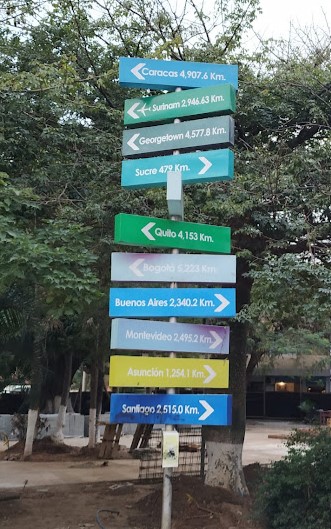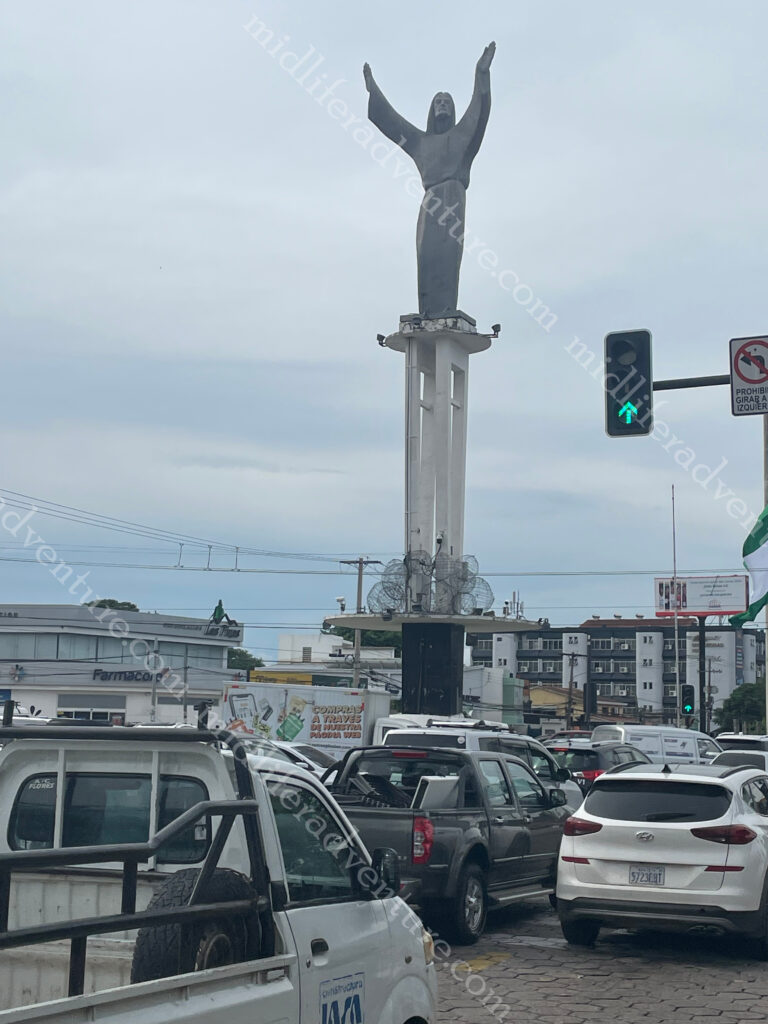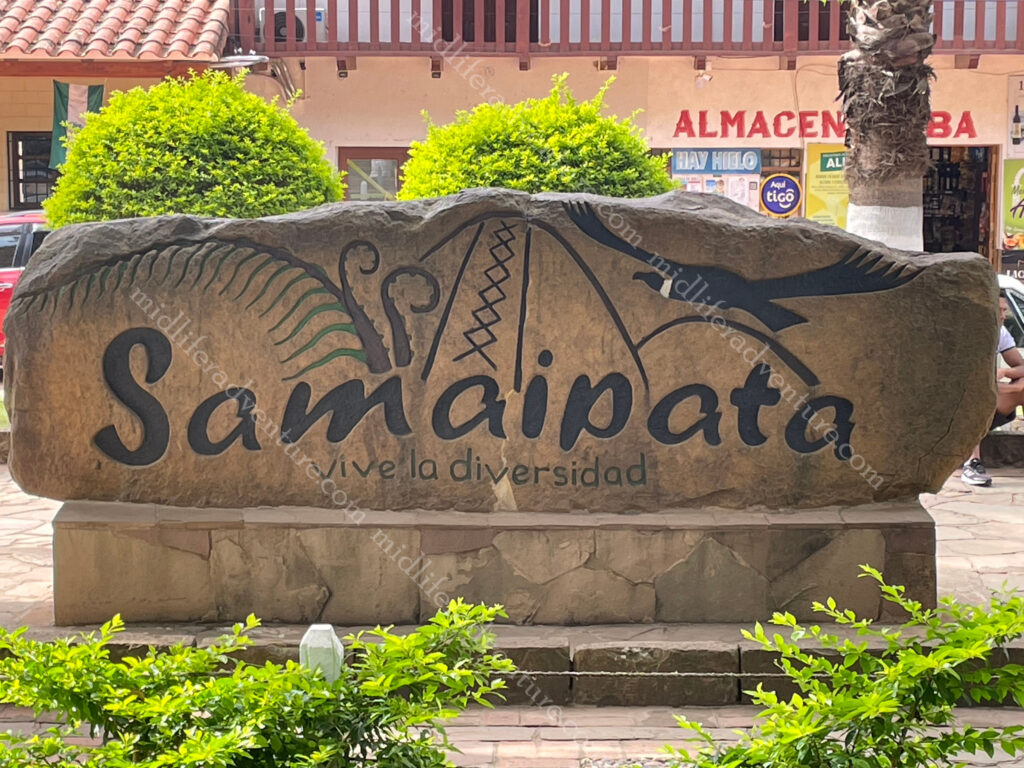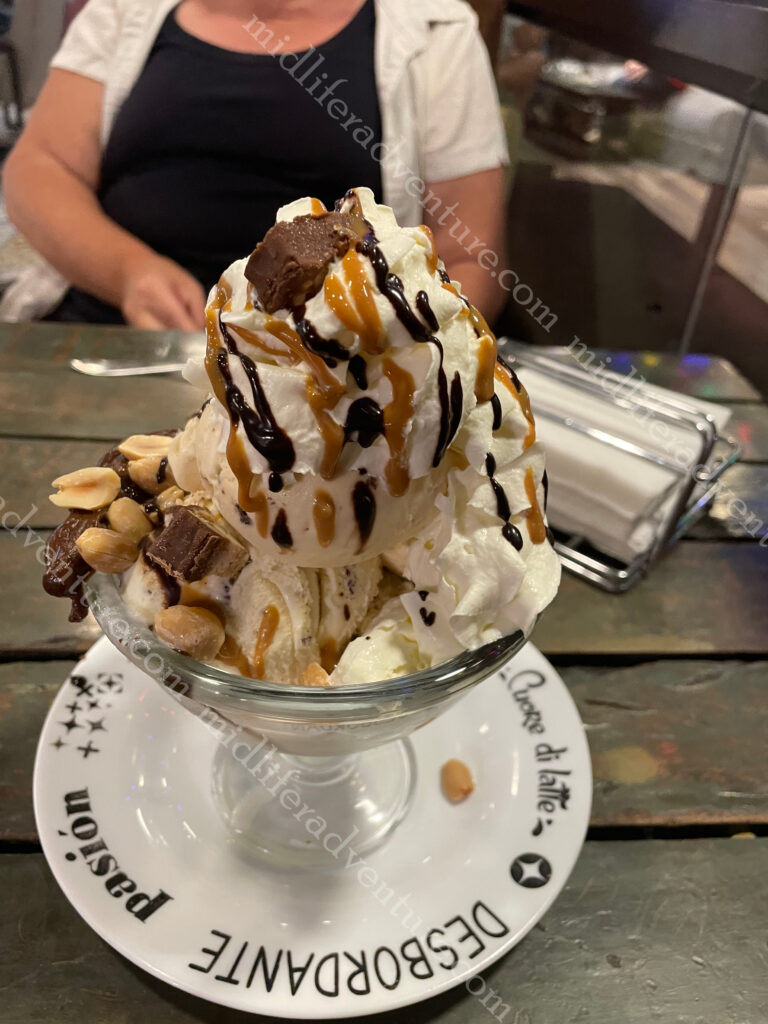Turkey has long been a place that both Jill and I have wanted to visit, and it has taken us a long time to get here (life getting in the way and everything). And it is a shame that it has taken us this long as Turkey (along with a number of other European destinations) has had about enough of tourists.
So once upon a time it was cheap to visit Turkey (more specifically Istanbul) the Turkish government used to offer discounts and incentives to attract international tourists and many of the attractions were free. But those days are gone now. In January this year a €25 per person entrance fee was tacked onto the (formerly free) Hagia Sophia which rises to €47 if you want to add the Museum. By way of context, it was about 40% cheaper for us to see the sights and spend the week in the heart of Paris than it was in the heart of Istanbul.
There is an e-pass available that will include a lot of the sights and provide discounts on others. But without the e-pass the current (per person) pricing of main tourist attractions in Istanbul (March 2024) look a bit like this.
- Visa to come to Turkey in the first place $USD60 ($92 AUD)
- Hagia Sophia €25 ($42 AUD)
- Hop On Hop Off (HOHO) bus €45 ($75 AUD)
- Topkapi Palace and Museum €47 ($78 AUD)
- Basilica Cistern €26 ($43 AUD)
- Bosphorus Cruise with Dinner and Turkish Show €35 ($58 AUD)
- Dolmabahce Palace €38 ($63 AUD)
- Maiden´s Tower €20 ($33 AUD)
- Istanbul Aquarium Florya €21 ($35 AUD)
- Sultan Suleyman Hammam (Turkish Bath House) €50 ($83 AUD)
- Blue Mosque free (free AUD)

Needless to say, this adds up pretty quick and becomes a very expensive city to visit, and that is before the touts and gouging even starts.
Most of the historic places in Istanbul are located in Fatih (Old City). The Fatih district has a history dating back to 2700 BC and is the place where Istanbul was first founded in ancient times. There are countless monuments and sights to visit on the Historic Peninsula. The most famous of these include the Hagia Sophia, Blue Mosque, Topkapı Palace and Grand Bazaar. These historical sights attract millions of visitors each year and form the showcase of Istanbul.
We arrived in Istanbul and were almost immediately disappointed with what was on offer. Jill had arranged (3 weeks earlier) for a hotel pickup from the airport which was not there. So after hanging around looking for our ride in the wet and cold for 30 minutes, we gave up an got a taxi to the hotel.
Some lame excuses later and we gave up and settled in. It was cold, wet and windy when we arrived (late afternoon) so we decided to keep the movements tight with an early start the next day. Jill had us set up in the heart of Touristville (as almost everything you want to see in the city is in the heart of old town). This was super convenient for seeing the sights but was obscene when it came to touts and pricing of any sort of items.
A kebab dinner (for one) was running well over $20, an Aperol spritz to wash it down with was $27 and my beer was around $12. So we started with some bread and dips and finished with a Turkish Pizza (a bill that ran over $70) all while choking back the smoke fumes from a group of squealing German backpackers. And I was up all night with indigestion after the overpriced and ordinary meal.
Hagia Sophia


The Hagia Sophia was built by the Byzantine emperor Justinian I as the Christian cathedral of Constantinople for the Byzantine Empire between 532 and 537. Sadly this once impressive building has, in many ways, been left to neglect and is a shadow of its former glory. The only saviour to the newly introduced entrance fees is that some of it may go towards building upkeep and restoration works. Don’t get me wrong, it is still seriously impressive, but outside of the (wide) tourism shots (above), the neglect is obvious, especially in the internal mosaics.









Originally built in 532 as the world’s largest place of worship, the Hagia Sophia (Ayasofya) has shifted its identity depending on who was in charge. According to Wikipedia, it was the last of three church buildings to be erected on the site by the Eastern Roman Empire. It was an Eastern Orthodox church from 360 AD to 1204 when it was converted to a Catholic church following the Fourth Crusade. It was reclaimed in 1261 and remained Eastern Orthodox until the Ottoman conquest of Constantinople in 1453. It served as a mosque until 1935, when it became a museum. In 2020, the site once again became a mosque.It has converted from a church to a mosque, and then to a museum.















Let’s just hope that our newly introduced entrance fee does actually get diverted into restoration and upkeep because it would be a shame to watch this deteriorate further.
Grand Bazaar
From the Hagia Sofia, we dodged the rain that kept coming and going and fought our way through the carpet sellers that accost you on the street to ‘come and see my store‘ and made our way to where we thought the real touts would be, the Grand Bazaar. Well we were wrong again, no touts, no yelling no screaming, just a modern shopping mall in an old building. A really nice old building, it was nice, overpriced but it was a bit staid.



I think our time in northern Africa may have spoilt us a bit. Casablanca, Marrakesh and Tunisia had far more character to them (I think Marrakesh is my gold standard for Bazaar’s). They had all grown up in the shadow of the Ottoman Empire and were probably once identical. But the version in Turkey today reflects more of a shopping mall in the US than one in Eastern Europe or Western Asia.
Getting around
Istanbul is a city of 16 million people and is huge. While most of the main sights are concentrated in a small and easily walkable area, if you want to travel a bit further afield then a rechargeable transport card is an essential purchase. It gives you access to cheaper fares than buying single or multi-journey electronic tickets and can be used on the metro, buses, trams and most importantly, the local ferries. You purchase a card for 50 TRY (non-refundable) from marked kiosks, newsstands, or ticket desks inside the metro and top up by machine). Up to five people can share the one card.
Day one had left us tired, wet and a bit jaded about the Istanbul experience. We were note enjoying our time and were desperately seeking some redemption. Thankfully it came, through a lovely little cafe in the opposite direction of the sights.
It still wasn’t cheap, but it wasn’t exorbitant (our beers had come down from 240 to 140 each – $12-$7). And the man who ran it was super friendly (which to be fair they all are) and the food was authentic.
But because it was off the main strip it was a bit more reasonably priced, and we did not feel as besieged.
And the clay pot display made it all worthwhile. So having had our meal we looked forward to the next day a little more.
Blue Mosque
We had seen the outside of the Blue Mosque the previous day (as it is basically opposite the Hagia Sophia) but being a Friday it was closed. So we headed back over the path of the day before and started it all over again. But today the sun was out, the rain had gone away, and the touts knew we weren’t interested in their carpets.








We had gotten the outside photos the day before so raced to beat a tour bus full of French people through the doors of the Mosque. Firstly, I was seriously surprised to find that it was free. It was a really nice spot to visit and we got to enter and take pictures and then move on. A great little way to spend around 20 minutes.






Along the side of the Blue Mosque is a public square on the site of the old hippodrome where the chariots once raced. Today it has the Örme Dikilitaş or Walled Obelisk along with the Obelisk of Theodosius (first erected in the 4th century AD) and the Serpentine Column (an ancient bronze column and former Greek sacrificial tripod). According to wiki the Serpentine Column has one of the longest literary histories of any object surviving from Greek and Roman antiquity. Together with its original golden tripod and cauldron (both long missing), it constituted a trophy, or offering reminding of a military victory, dedicated to Apollo at Delphi.





Basilica Cistern
From the Blue Mosque, we had all the time in the world as we were not running from the rain so we ambled down the hill to the Basilica Cistern which is the largest of several hundred ancient cisterns underneath the city of Istanbul. It was built in the 6th century during the reign of Byzantine emperor Justinian I. The cistern provided a water filtration system for the Great Palace of Constantinople and continued to provide water to the Topkapi Palace into modern times.









The challenge is to find the Medusa’s head once in the cistern. For us it was pretty easy, it was where all the people who had found it before us were milling about. WARNING there is ambient light down here and the area is too large to light with a flash, my phone camera was rubbish. Having a half decent camera would be seriously beneficial.







Having gone past the Tokapi Palace and through the gardens, we hit the shoreline where we hopped a ferry away from the European side of Turkey and over to the Asian side.

As we traversed we passed the Maiden’s Tower or Leander’s Tower (Tower of Leandros). With a name like that, there is obviously a story and it goes…
According to legend, an oracle prophesied that the emperor’s much-beloved daughter would be killed by a venomous snake on her eighteenth birthday. To protect her, the emperor had the tower built in the Bosphorus and had her locked up there to keep her away from snakes. Her only regular visitor was the father, who, on her eighteenth birthday, brought her a basket of exotic fruits as a gift. He was delighted that he had been able to thwart the prophecy. However, an asp had been hiding among the fruit, bit the princess who died in her father’s arms.
Once the ferry stopped we were, in the Turkey that I had always imagined, it was real, it was authentic, it was not obscenely priced and it felt really warm and welcoming. Our beer price had dropped from 280 lire down to 60 ($14 to $3), our food prices were divided by three, and the range and variety of what was available to us was so much better. So we settled in and ate and drank and just soaked up the Turkey that we had been hoping for.






In case you were wondering, if we ever come back we would stay on this side and ride the ferry over to see all the cool stuff but avoid the drama and expense entirely. But sadly, we had to hop on the ferry and return to the tourist hell where we were staying.
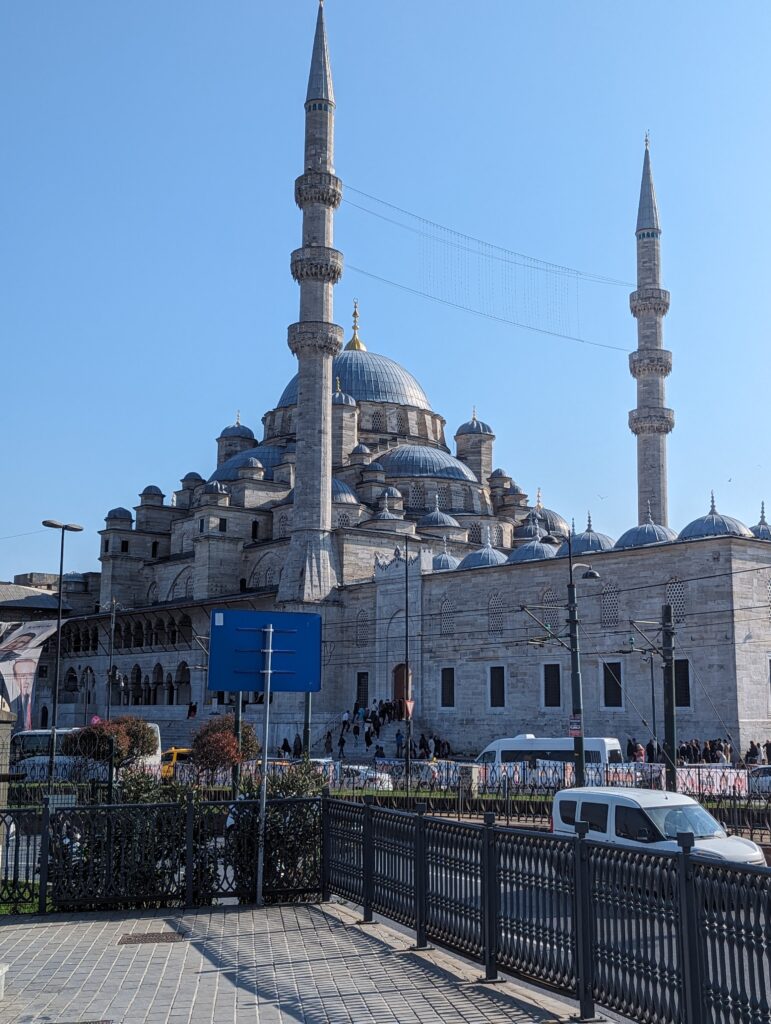
Our ferry ride back saw us delivered at the bottom of the hill near the spice market and the Süleymaniye Mosque. The joint was built in the 16th-century under the direction of Sultan Suleiman the Magnificent.
Being a bit away and a bit less ornate, the Süleymaniye Mosque gets a lot less foot traffic but is an impressive sight in its own right.
The next day we were back in the tourist hell part of Istanbul and I instantly hated it again. We tried to go into a restaurant for lunch and were set upon by the guy next door to go to his instead. So I looked at his menu decided it was too expensive ($100 for a meat plate for two) and went next door. We looked at their menu and it was also too expensive so we left there too. At this point the first guy started abusing us yelling that we wanted to eat for free.
We went up the road and got our meat platter for $60 and enjoyed our meal with a minimum amount of fuss or drama.
And it was good.
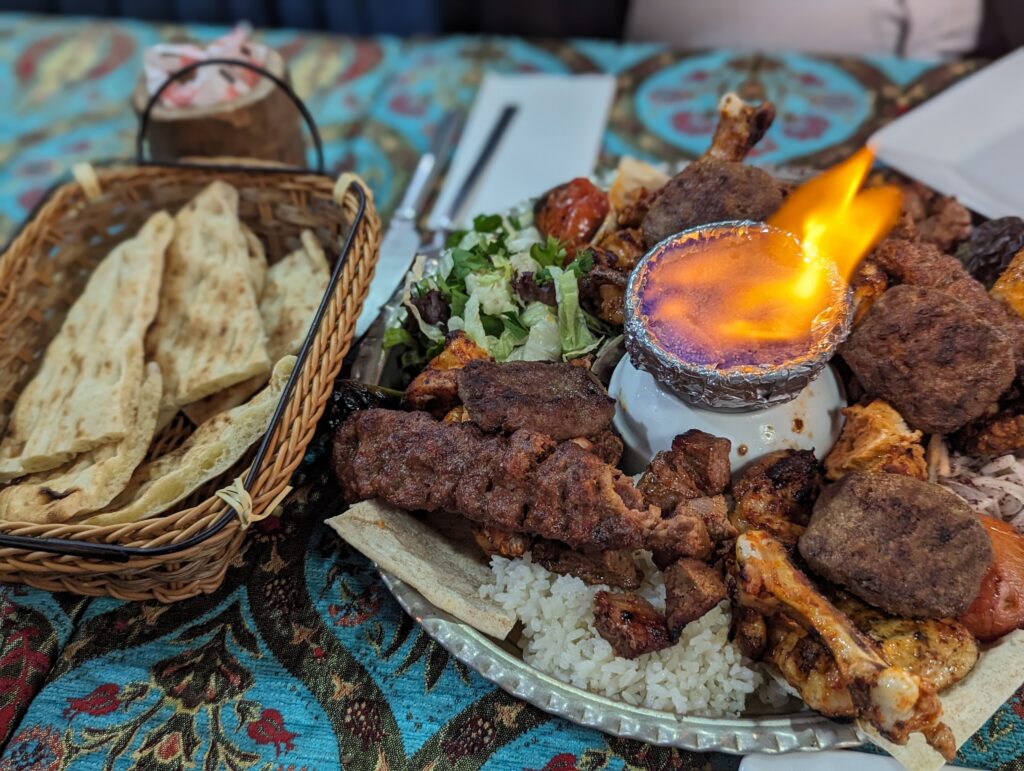
Topkapi Palace
The Topkapi Palace (and Harem) is one of the best preserved and most beautiful examples of Ottoman architecture. The palace is a maze of courtyards, gardens, and buildings, all surrounded by high walls and topped with ornate roofs. The architecture of the palace is a blend of Islamic, Turkish, and European influences.




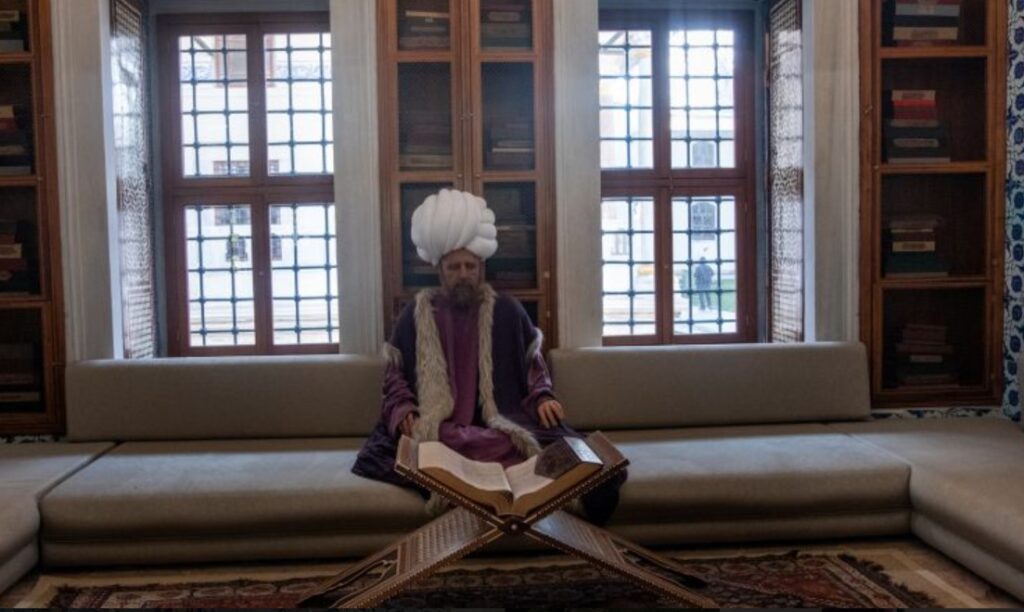

Mehmet the Conqueror built the first stage of the palace shortly after the Ottoman Conquest in 1453 and lived here until his death in 1481. Subsequent sultans (22 of them) lived here until the 19th century, when they moved to the flashier European-style palaces they built on the shores of the Bosphorus River. It was converted into a museum after the fall of the Ottoman Empire and the creation of the Turkish Republic in 1924.
Beside the Palace is a public garden that heads away from Sultanahmet Square (the main tourist bit) that is a refreshing escape from all that is behind it. Mass plantings of tulips, stunning hedges, quiet places all behind large stone palace walls.








Topkapı’s Treasury features an incredible collection of objects made from or decorated with gold, silver, rubies, emeralds, jade, pearls and diamonds. Notable items include the jewel-encrusted Sword of Süleyman the Magnificent and the Throne of Ahmed I (aka Arife Throne), which is inlaid with mother-of-pearl and was designed by the same architect that did the Blue Mosque. And the Treasury’s famous Topkapı Dagger, which features three enormous emeralds on the hilt and a watch set into the pommel. Also worth seeking out is the Kasıkçı (Spoonmaker’s) Diamond, a teardrop-shaped 86-carat rock surrounded by dozens of smaller stones that was first worn by Mehmet IV at his accession to the throne in 1648.




Long story short, there was so much to see and do in Istanbul that it was absolutely worth visiting. But I hated it, at least the European side anyway. Everything was grossly overpriced and unnecessarily aggressive. If we came back we would definitely stay away from the tourist mess and catch a ferry across to see it rather than be in the midst of it. This is a turn-up for us as we usually love being in the midst of things, but just not here.
Our schedule has us returning to Turkey (around August) to see some of the rest of the place (Gallipoli, etc). As airlines go, there is probably little option than to return to Istanbul, but the next version will be very different and will see us far from where we stayed this time.
My recommendation is that if you come, and you should, then stay away from the tourist mess (Fatih district) and commute to it. This will be a bit more painful (as you want to be at the main sights right on opening time) but your peace of mind, stomach (and wallet) will thank me greatly. Looking at the map I suggest the Uskudar, Kadikoy or even Beyoglu districts.

